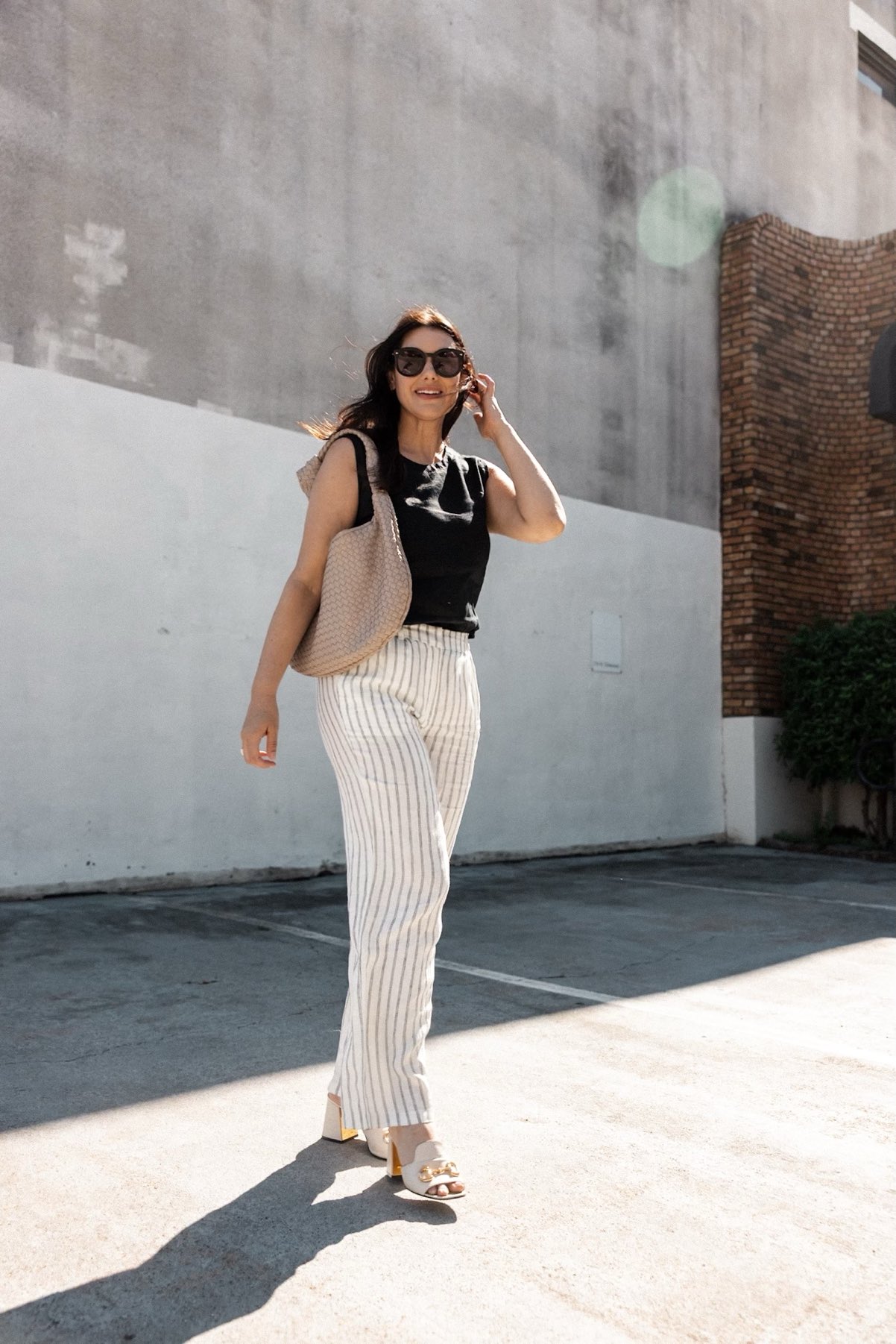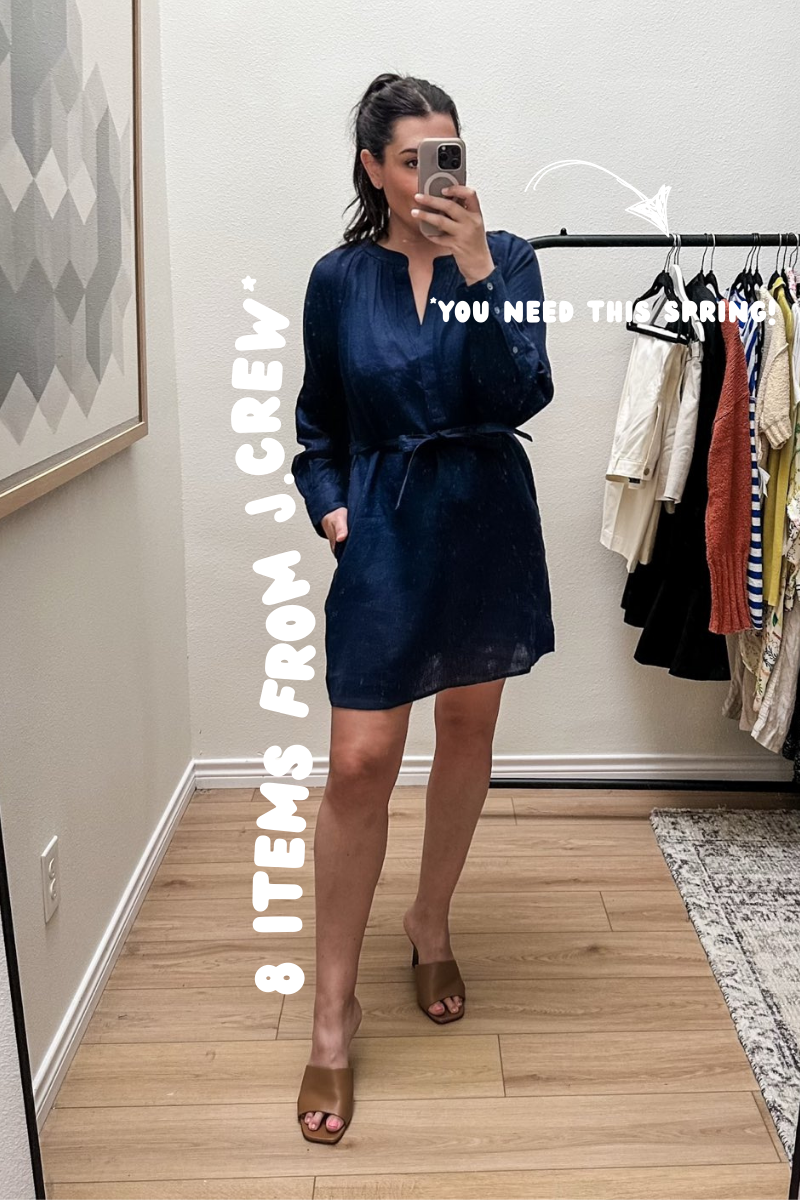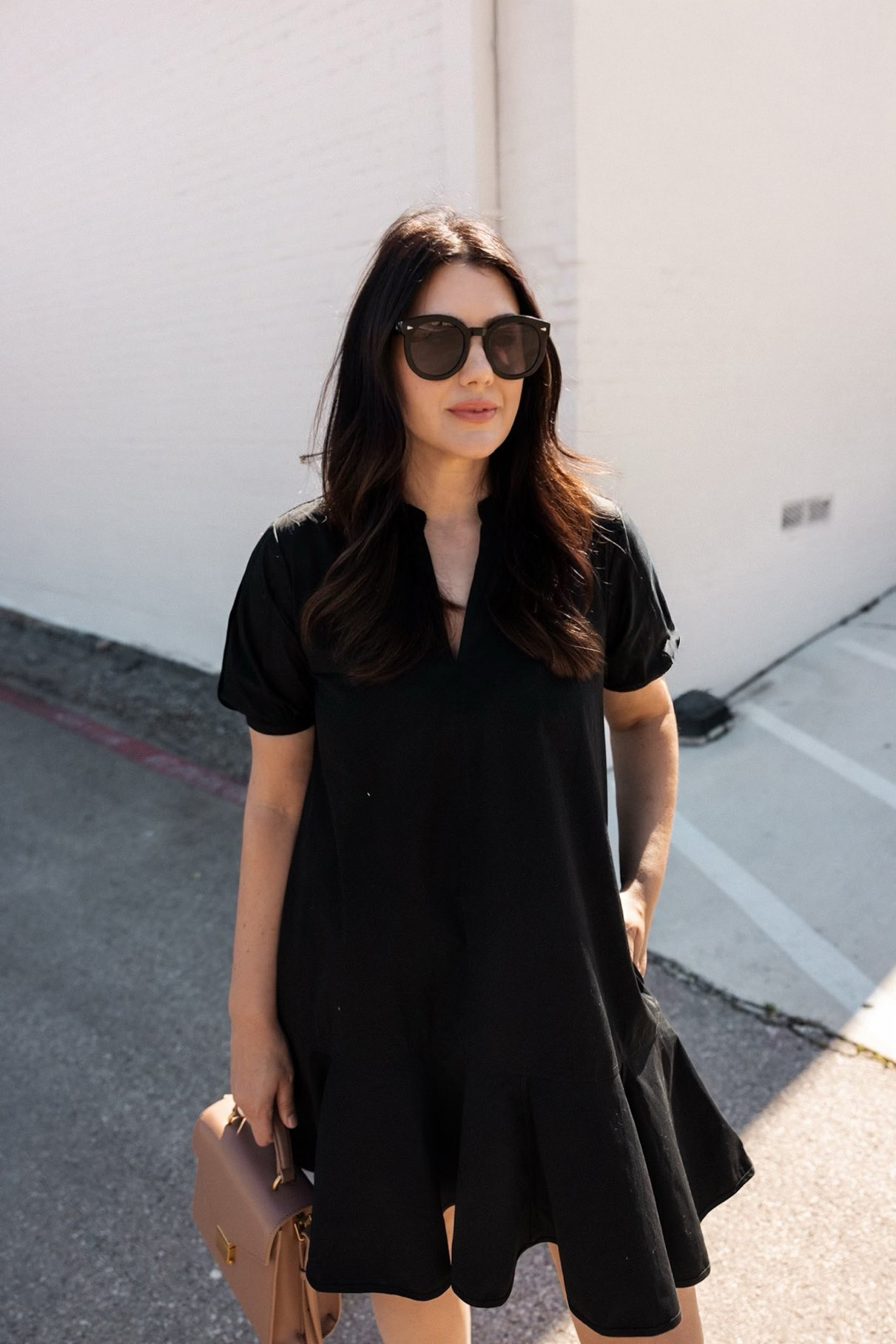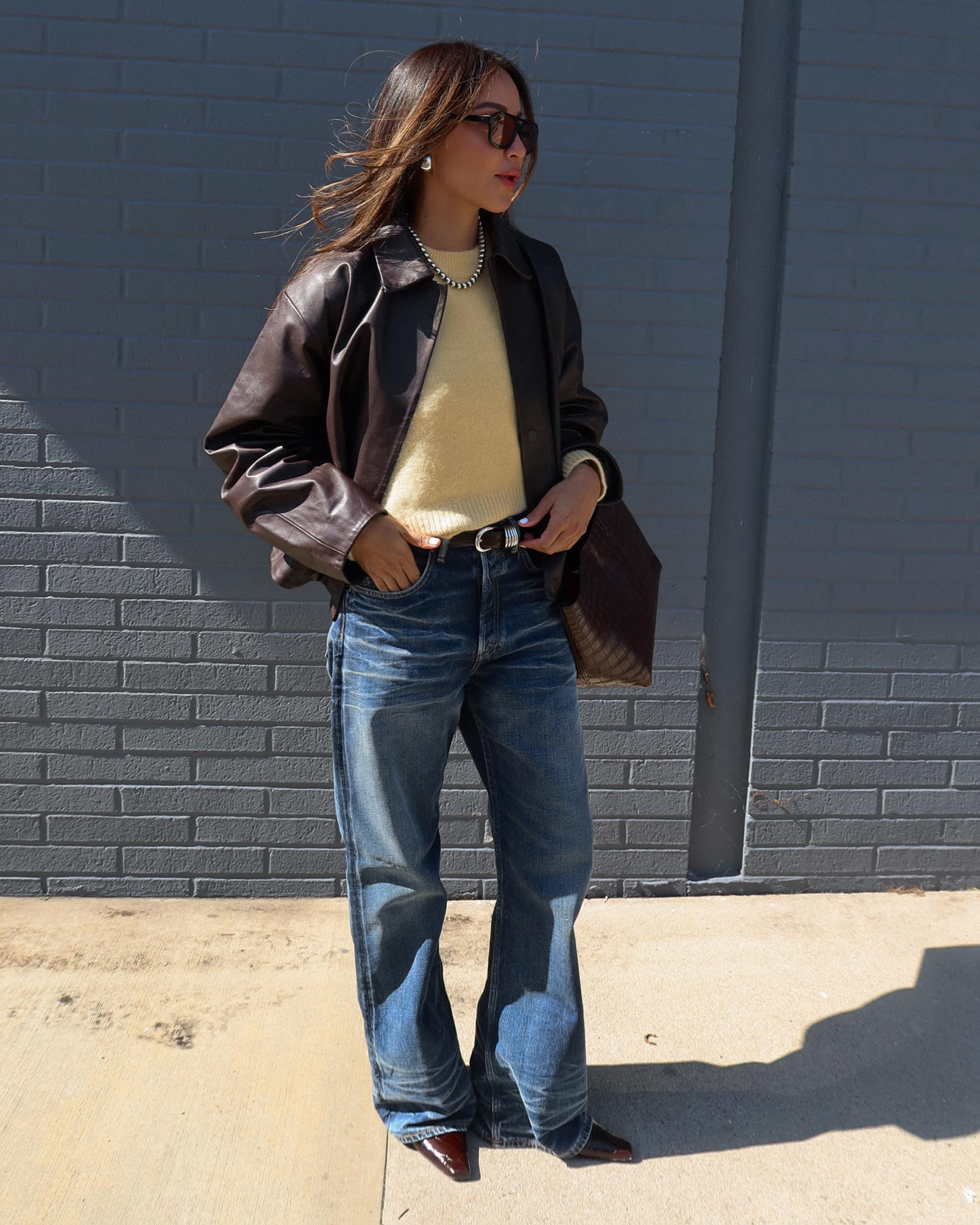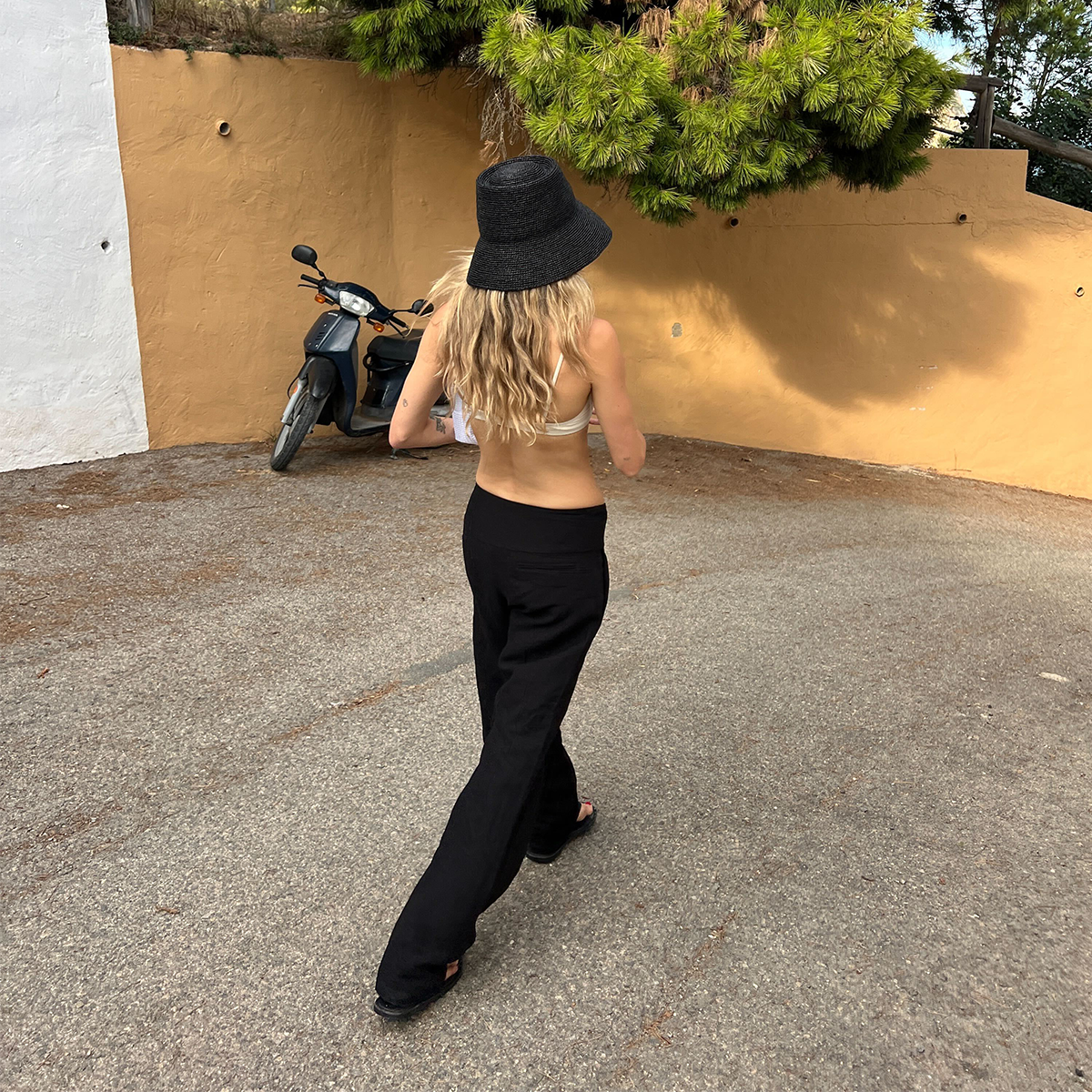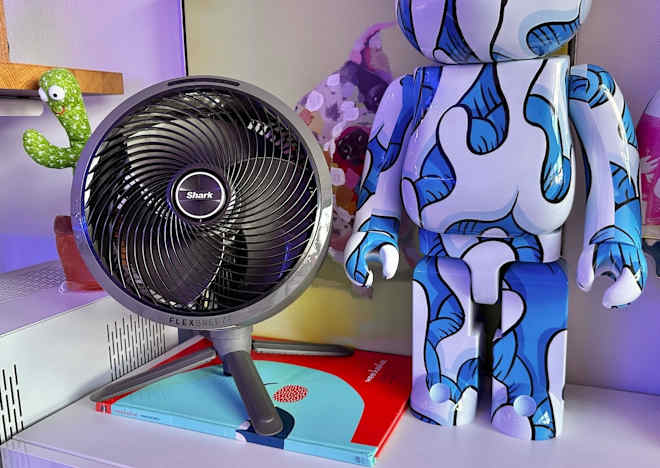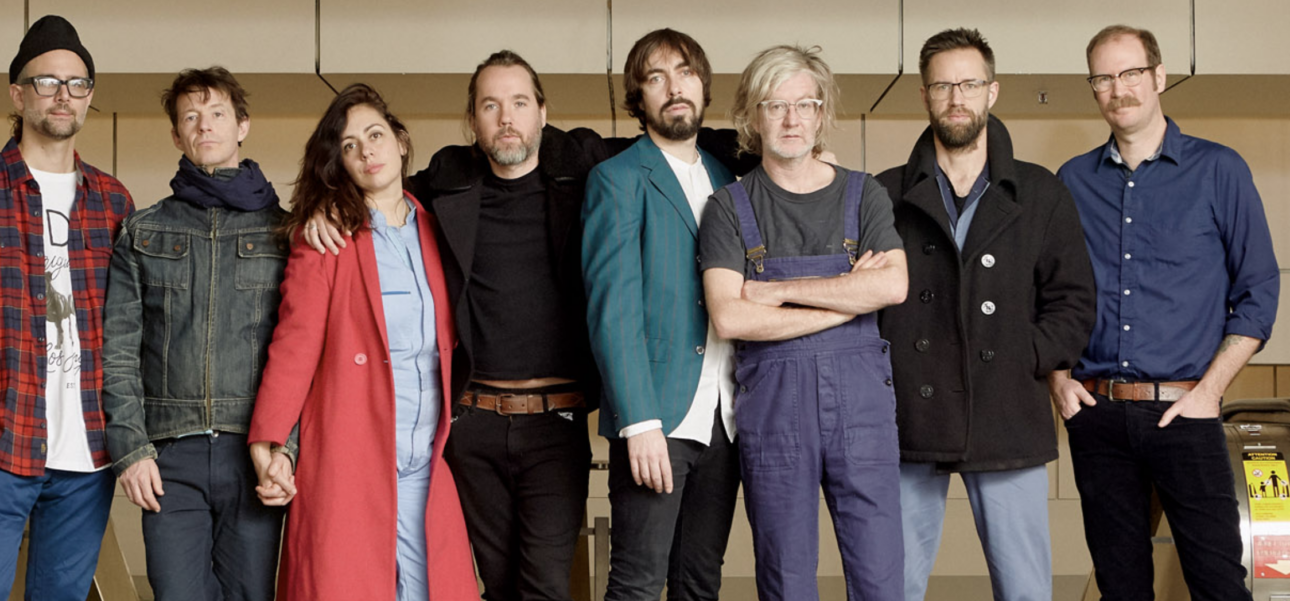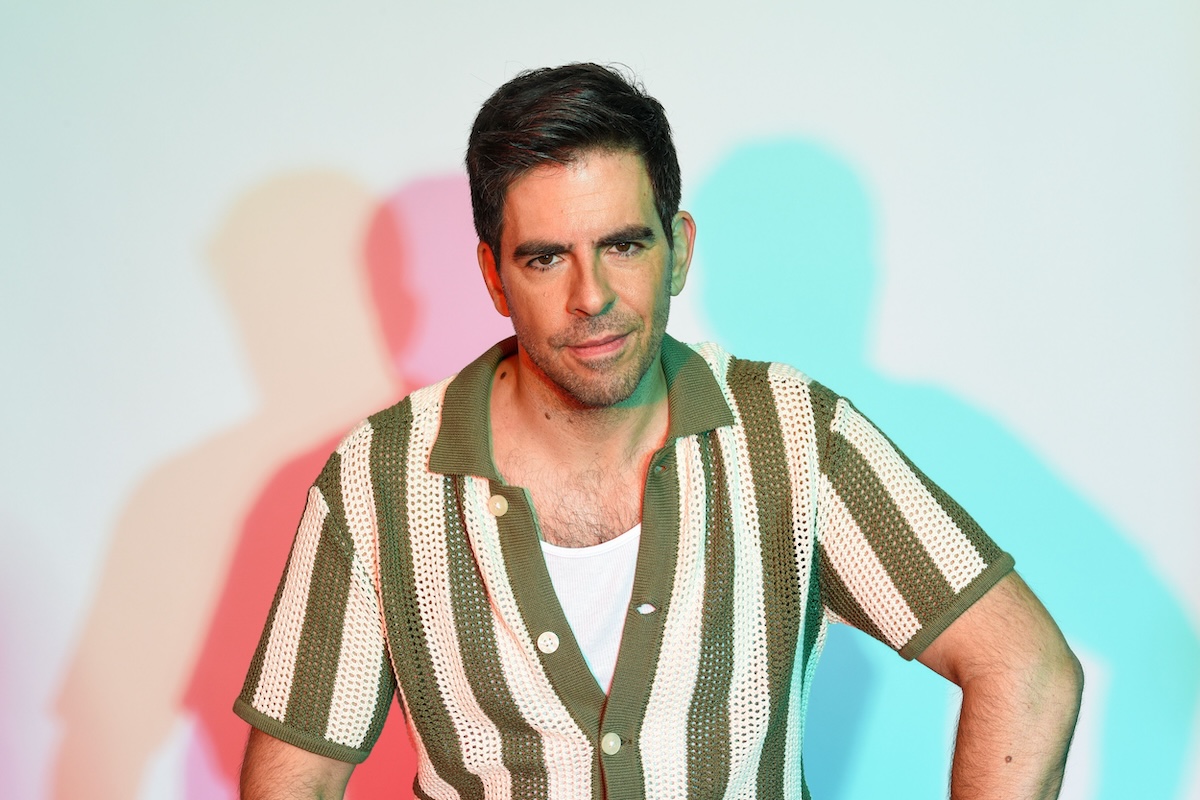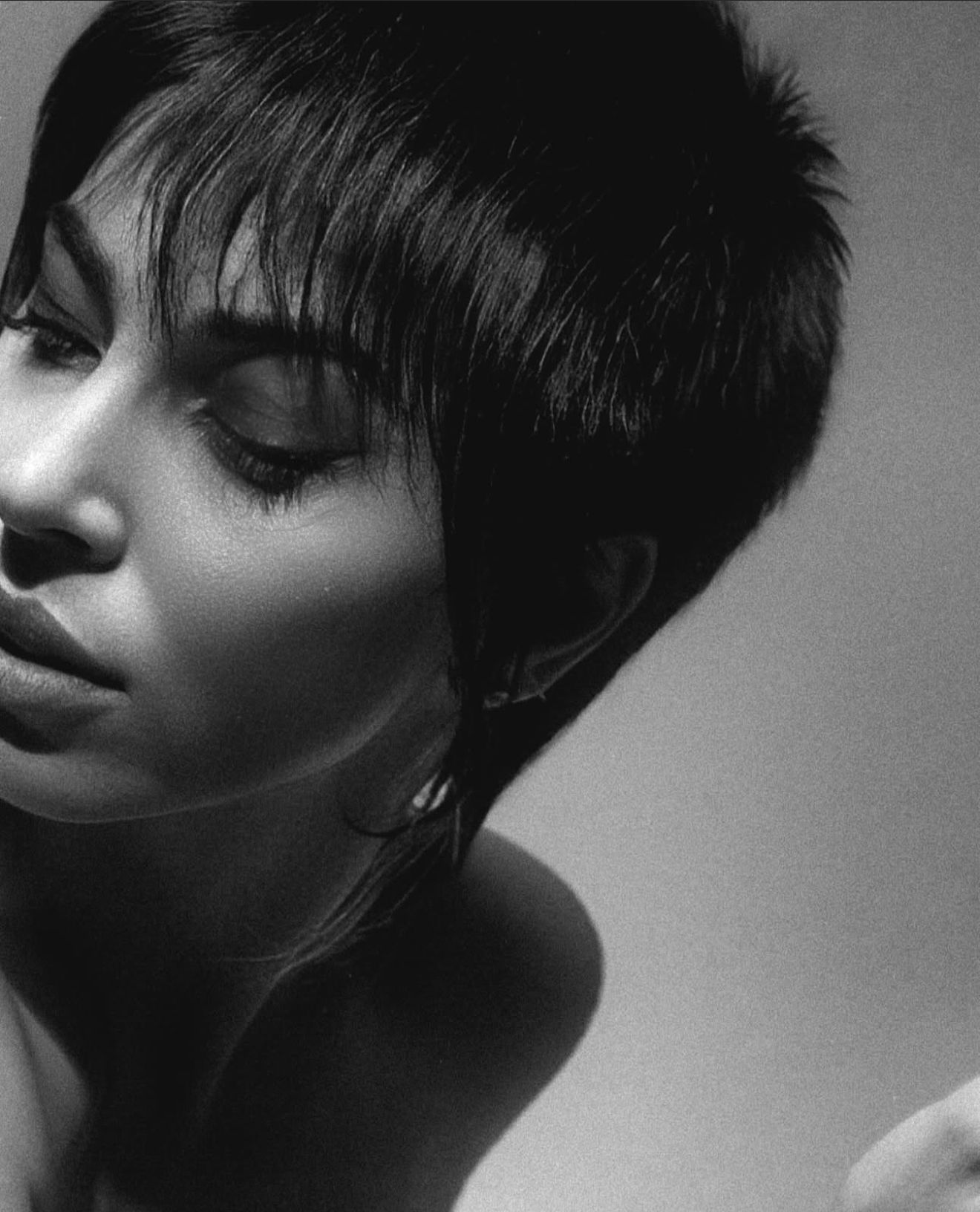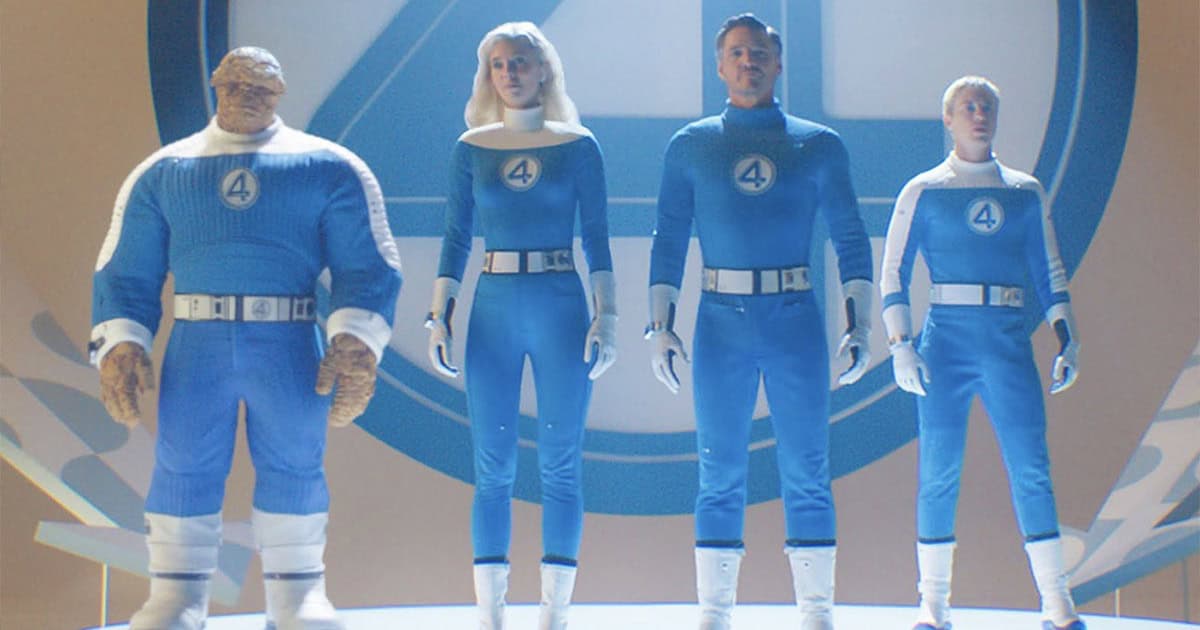The Strangers (2008) vs. The Strangers: Chapter 1 (2024)
We take a look at Bryan Bertino's The Strangers (2008) and compare it to Renny Harlin's The Strangers: Chapter 1 (2024) The post The Strangers (2008) vs. The Strangers: Chapter 1 (2024) appeared first on JoBlo.
What makes fear seep into the very marrow of our bones? Few films manage to penetrate this question, but when they do, they become unforgettable. In 2008, The Strangers answered the call with eerie simplicity, capturing an atmosphere of dread that’s as inescapable as it is haunting. It cemented itself as a modern horror classic, forcing us to confront a truth so unnerving it feels invasive: we are never truly safe. Fast forward fifteen years to The Strangers: Chapter 1—a reimagining that aims to expand and evolve the story for today’s audience. But does it achieve the same level of terror? Or does it sacrifice what made its predecessor so menacingly effective? While Chapter 1 brings fresh ideas, it’s the raw, almost primal simplicity of The Strangers (2008) that continues to strike the deepest nerve. In today’s episode of Horror Revisited, we’re not here to discuss one but two films and explore how each approaches horror, atmosphere, and storytelling. So get cozy, check your surroundings and don’t answer the door, as we come face to face with Scarecrow, Dollface and Pin-Up Girl.
Let’s discuss the atmosphere of both. The Strangers from 2008, thrives on it. Set in an isolated, rural house, it doesn’t rely on complex narratives or over-the-top scares to instill fear…granted, it does have heart stopping jumpscares. Director Bryan Bertino masterfully uses long silences, slow-building tension, and eerie stillness to evoke the unsettling feeling that something is wrong, even before the masked intruders arrive. The camera work is intentionally voyeuristic, creating a sense of helplessness for both the protagonists and the audience. The empty spaces and long takes heighten the feeling of vulnerability, making us painfully aware of the impending threat without ever fully seeing it.
On the other hand, The Strangers: Chapter 1 takes a more modern approach, incorporating some action-driven horror elements. Directed by Die Hard 2 scribe, Renny Harlin, this adaptation seems keen to appeal to the expectations of today’s horror fans, with quick edits, loud jumpscares, and a faster pace that caters to thrill-seekers. Though it succeeds in keeping the audience engaged, it sacrifices the dreadful anticipation and silence that made the original film so unsettling. The environment in Chapter 1 feels less claustrophobic and more “produced,” creating a polished but ultimately less immersive atmosphere.
If we had to pick a winner, we’d stick with the 2008 version. It utilizes the atmosphere not just as a backdrop but as a central element of fear. It makes the audience feel as if they, too, are trapped in that isolated house. Chapter 1 may be entertaining, but it misses the minimalist power of silence and space that gave the original film its haunting edge.

The characters in The Strangers feel authentic. James and Kristen, played by Scott Speedman and Liv Tyler, are ordinary people with flaws and tensions of their own. Their relationship’s fragile state adds an extra layer to the horror, as they are forced to face a faceless evil amid their emotional turmoil. The film doesn’t glamorize their fear—they scream, panic, and make mistakes, just as any real person would in such a harrowing situation, or however the script writes them out tobe. This focus on realism enhances the terror, making it easier for the audience to project themselves onto the characters.
Chapter 1 attempts to develop its characters, but they lack the raw, emotional depth of James and Kristen. Our new protagonists, Maya and Ryan, feel more like archetypes than real people. They just seem like happy go lucky people who wander off the highway to find a diner. It diminishes the tension. They act according to horror conventions rather than genuine human responses. While some horror fans may enjoy the film’s stylized approach to character development, it distances the audience from the terror.
The Strangers grounds its horror in the believable terror of regular people facing an unimaginable situation. This level of relatability makes the fear personal and visceral. In contrast, Chapter 1 struggles to make its characters feel real, thus robbing the story of the psychological impact that defines The Strangers.
One of the most disturbing aspects of these films is the lack of explanation behind the masked intruders’ motives. The killers embody the nightmare of random violence. They attack simply because their victims were home, and this absence of a clear reason amplifies the horror. It taps into a universal fear: that bad things can happen to anyone, anytime, for no reason at all. Plus, they were out in the woods with no surroundings..it doesn’t help the situation.
Chapter 1, however, struggles with this element. While the killers remain enigmatic, the film hints at backstories and motivations, potentially setting up a larger mythology. While some may appreciate this world-building, it ultimately detracts from the original’s strength. By adding layers to the antagonists’ motivations, Chapter 1 introduces a slight predictability to their evil, undermining the terrifying randomness that defined the first film.

In The Strangers, the killers remain purely malevolent, which makes them infinitely more terrifying. Their lack of backstory leaves the audience with no safety net, no understanding of how or why this could happen. In trying to explain more, Chapter 1 dilutes the chilling mystery of the original killers, and sets up future films to possibly give our revamped masked murderers a backstory.
The pacing of both films feels deliberate and slow. When comparing the films runtimes, they both clock in at less than 90 minutes. This element adds to the creeping dread. The Strangers takes its time to allow the horror to build, capturing the moments of silence and isolation that make the protagonists feel completely vulnerable. Every knock, every shuffle, and every glimpse of a masked figure is meticulously placed, making each moment of violence or intrusion feel deeply disturbing.
Chapter 1 opts for a faster pace, adding more action scenes and set pieces to keep viewers on edge. We also get a short glimpse into the townspeople and who, if any of them, could be the killers. While this makes the film feel more accessible to a modern audience, it also limits the suspense. The emphasis on quick scares and high-energy sequences disrupts the steady build-up of fear that defined the original, turning the experience into something closer to a slasher than the relentless psychological horror of the original film.
The Strangers pacing is used as a tool to create unease, whereas Chapter 1 trades tension for excitement. The slow-burn approach of the original lingers in the mind long after the film ends, while the high-octane approach of Chapter 1 offers a more fleeting thrill.
These films leave a haunting impact largely because of what it doesn’t tell us. The original film’s terror lies in its simplicity and in its refusal to give the audience any understanding of the killers’ identities or motives. When Kristen tearfully asks, “Why are you doing this?” the masked intruder chillingly replies, “Because you were home.” This line—brutal in its randomness—solidifies the film’s central horror: the idea that evil can strike without reason, stripping us of any illusion of control. By not revealing who the killers are or why they chose their victims, The Strangers transform them into faceless representations of pure, unpredictable malevolence. This mystery taps into our primal fears of the unknown, a tactic that has made The Strangers endure as one of the most unsettling home-invasion horrors of the last few decades.
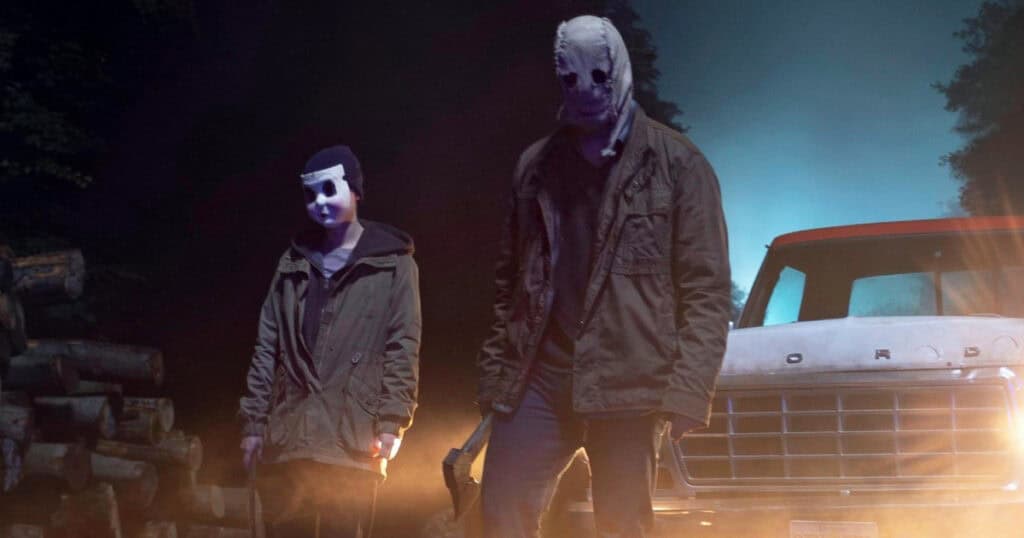
In contrast, Chapter 1 and its planned sequels aim to explore a more elaborate backstory, as hinted at in trailers and press releases. The decision to reveal more about the killers, including glimpses of their identities and potentially their motivations, shifts the horror from the unknown into a more structured, slasher-style narrative. While adding layers to the killers may provide context and intrigue, it risks undermining what made the original so haunting: its commitment to keeping the antagonists as unknowable forces of violence. By revealing who the killers are and possibly delving into why they choose their victims, Chapter 1 could inadvertently humanize them, taking them from terrifying symbols of random chaos to villains with predictable patterns.
This shift from mystery to explanation raises important questions about the role of ambiguity in horror. One of the core strengths of The Strangers lies in its capacity to leave us wondering: Could this happen to anyone, at any time, for no reason? The random violence becomes a mirror reflecting our fears of vulnerability in an unpredictable world similar to what The Purge originally set out to do. When horror movies reveal too much about their villains, the danger becomes more understandable, and consequently, less frightening. Horror’s unique power often lies in its ability to make the unknowable feel threateningly close.
Chapter 1’s attempts to expand on the killers’ identities and motives may succeed in fleshing out the trilogy’s narrative, but this choice also risks boxing in the horror. Knowing more about the killers might make them more “logical” antagonists—villains that can be explained, tracked, and possibly even sympathized with. Even if the backstory is dark or twisted, it risks taking away the faceless anonymity that made them so terrifying in the original film. Horror thrives on mystery, on leaving enough of the darkness unexplained to allow viewers’ imaginations to fill in the terrifying blanks.
Ultimately, what makes The Strangers so effective—and why many fans may find it more frightening than Chapter 1—is its commitment to ambiguity. The killers are never unmasked, their motives remain cryptic, and the violence feels starkly real because it lacks a digestible explanation. This lack of clarity leaves a void that the audience’s imagination is forced to fill, amplifying the horror tenfold.
By peeling back the mystery in the new trilogy, Chapter 1 may draw more viewers looking for adrenaline and story, but it may struggle to instill the lingering dread that the original film so effortlessly created.
In conclusion, The Strangers endures as the superior film, not because it’s louder or more action-packed, but because it’s quieter, subtler, and its killers are far more unsettling. Its commitment to realism and claustrophobic tension allow it to tap into fears that transcend the screen. It reminds us of the fragility of our security, making us question what horrors might lurk just beyond the door. Chapter 1, while entertaining and technically polished, loses some of this primal dread in favor of more conventional thrills…something we hope to see flipped in future sequels.
For those seeking a horror experience that haunts, lingers, and makes the very act of coming home at night feel just a little more unnerving, The Strangers is the one to return to. It’s a masterclass in minimalist terror—a film that needs no flashy gimmicks or elaborate motives to remind us of a terrifying truth: sometimes, danger isn’t personal; it’s just there, lurking, waiting… because you were home.
The post The Strangers (2008) vs. The Strangers: Chapter 1 (2024) appeared first on JoBlo.




![‘Thorns’ – ‘Hellraiser’ Inspired Horror Movie Starring Doug Bradley Releases in May [Trailer]](https://bloody-disgusting.com/wp-content/uploads/2023/04/thorns.jpg)

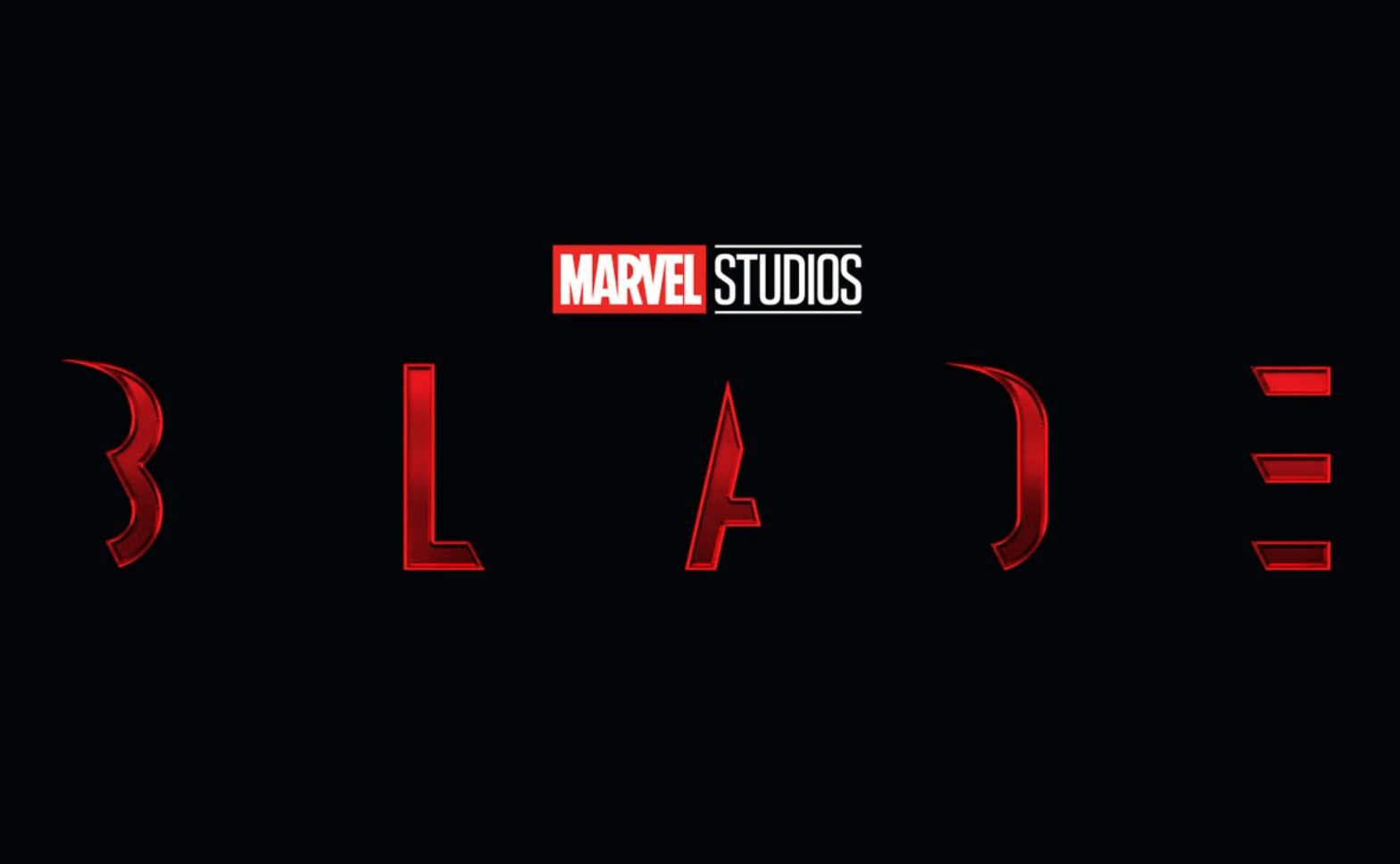












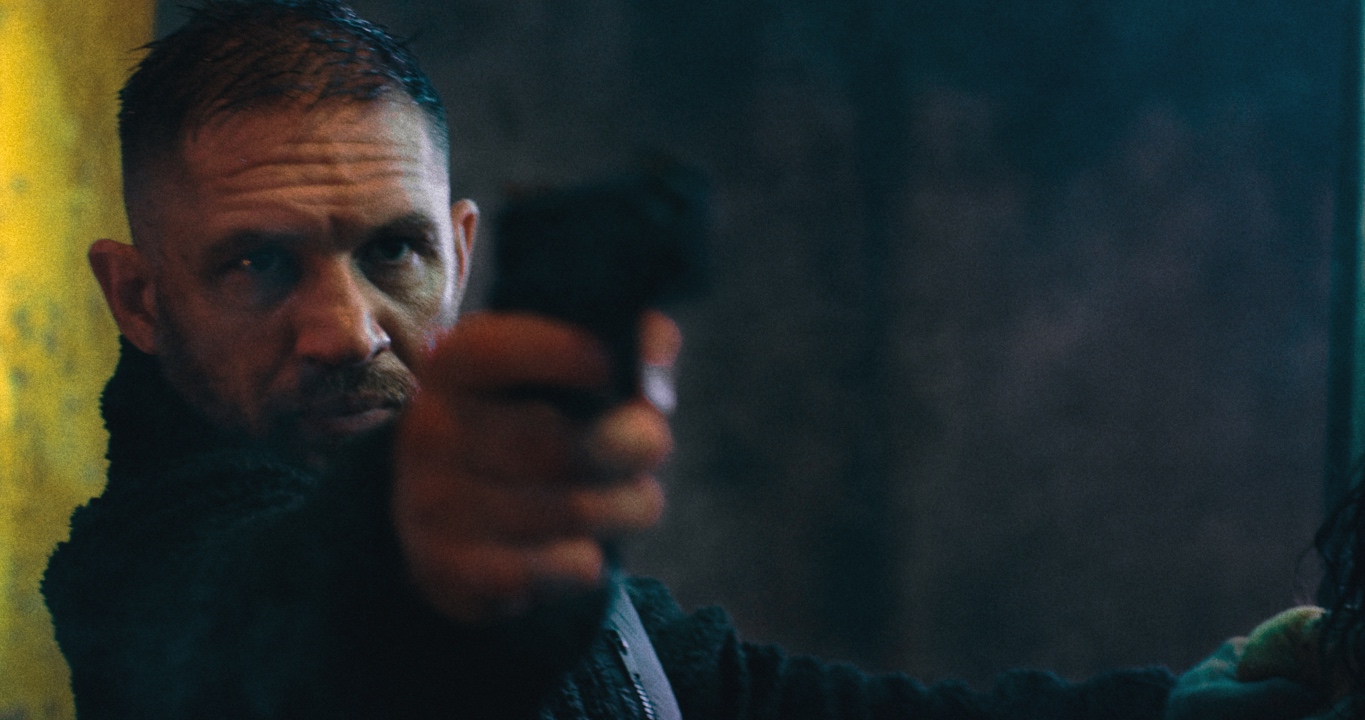

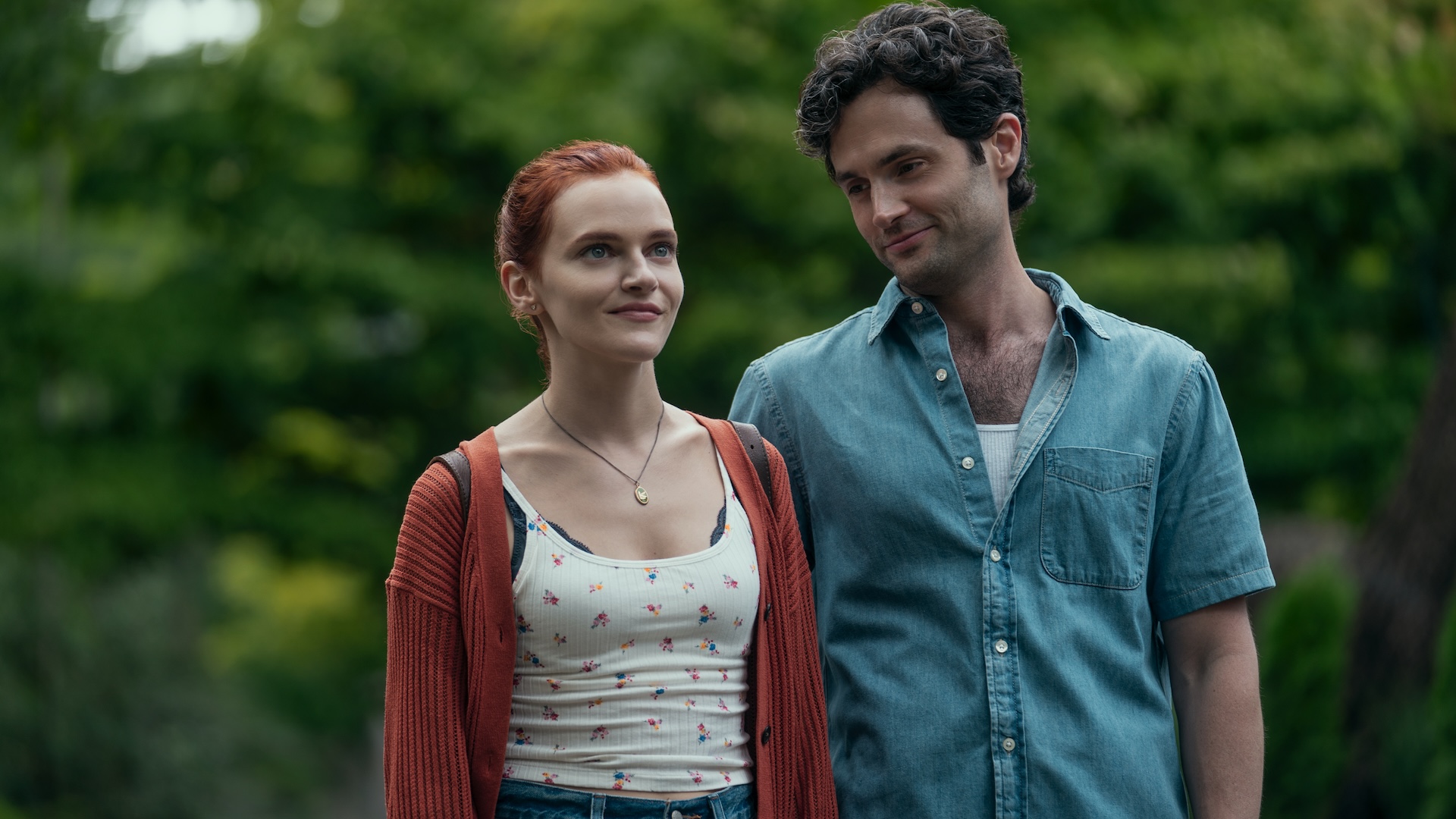





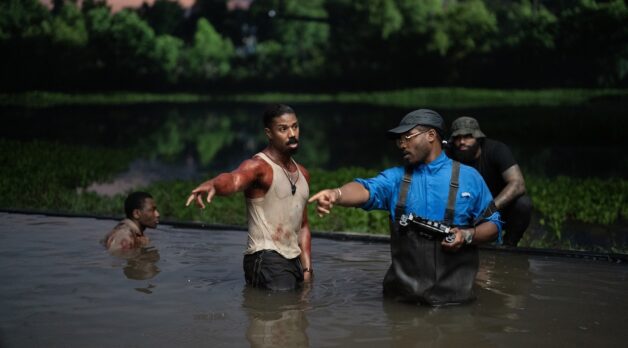
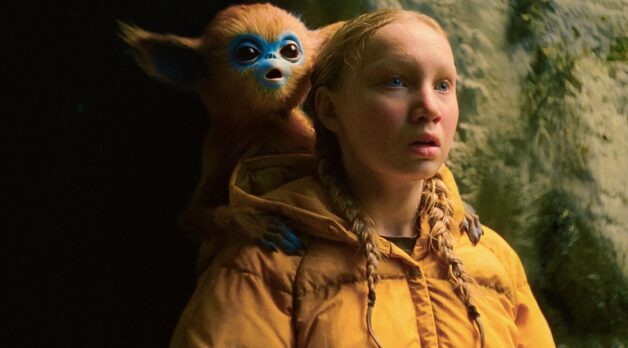
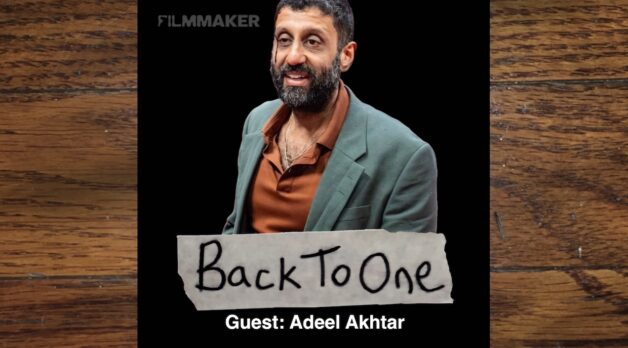
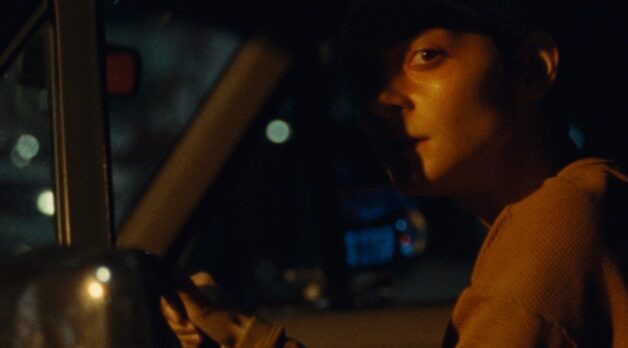









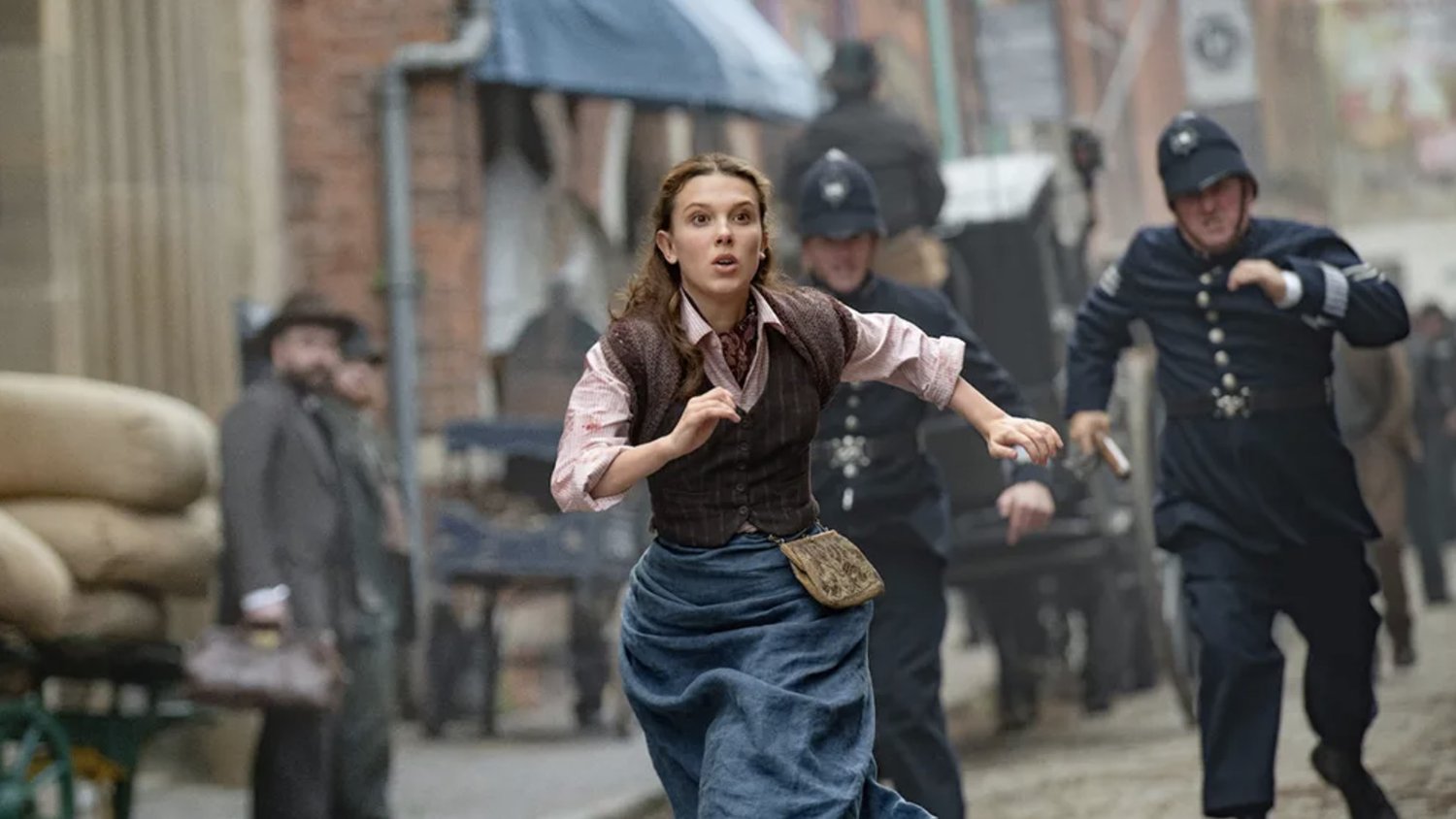














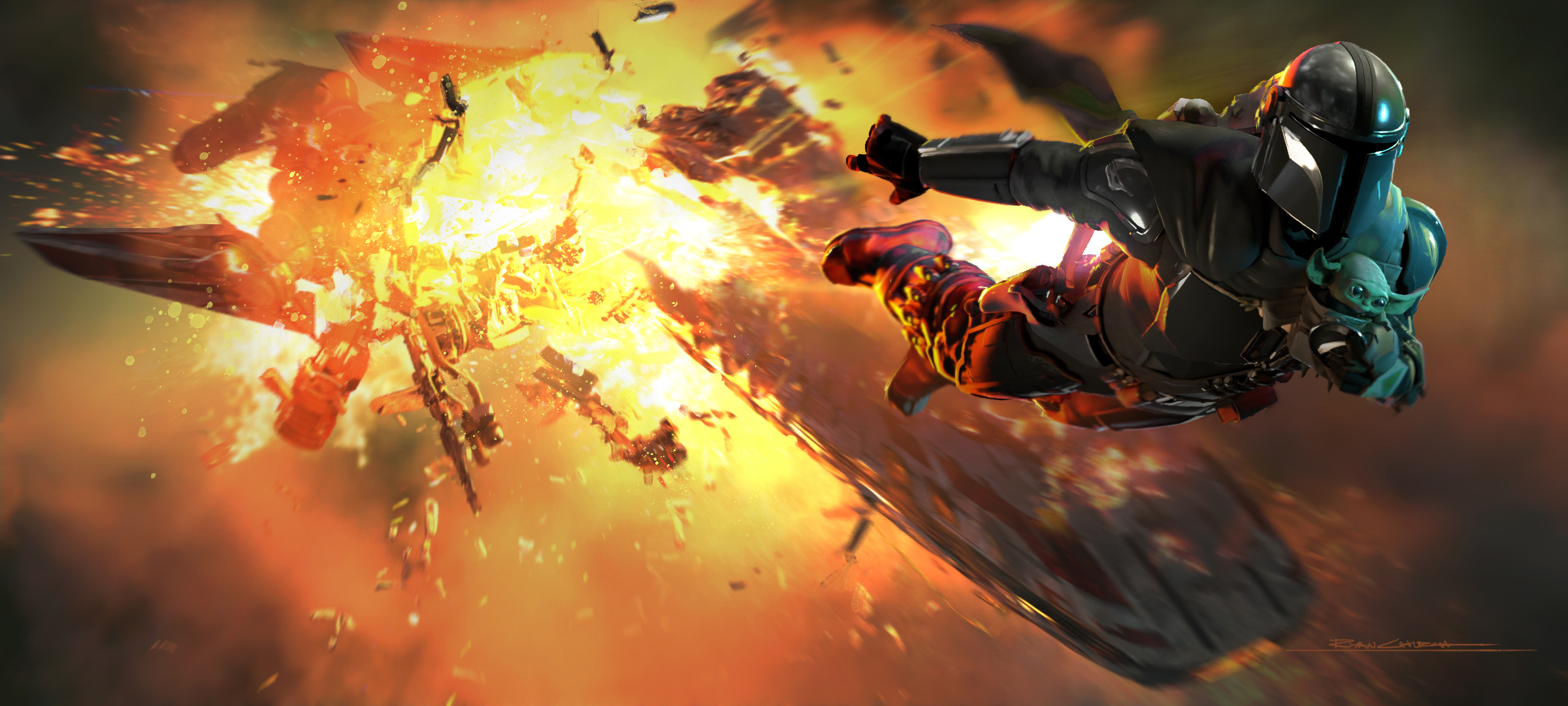
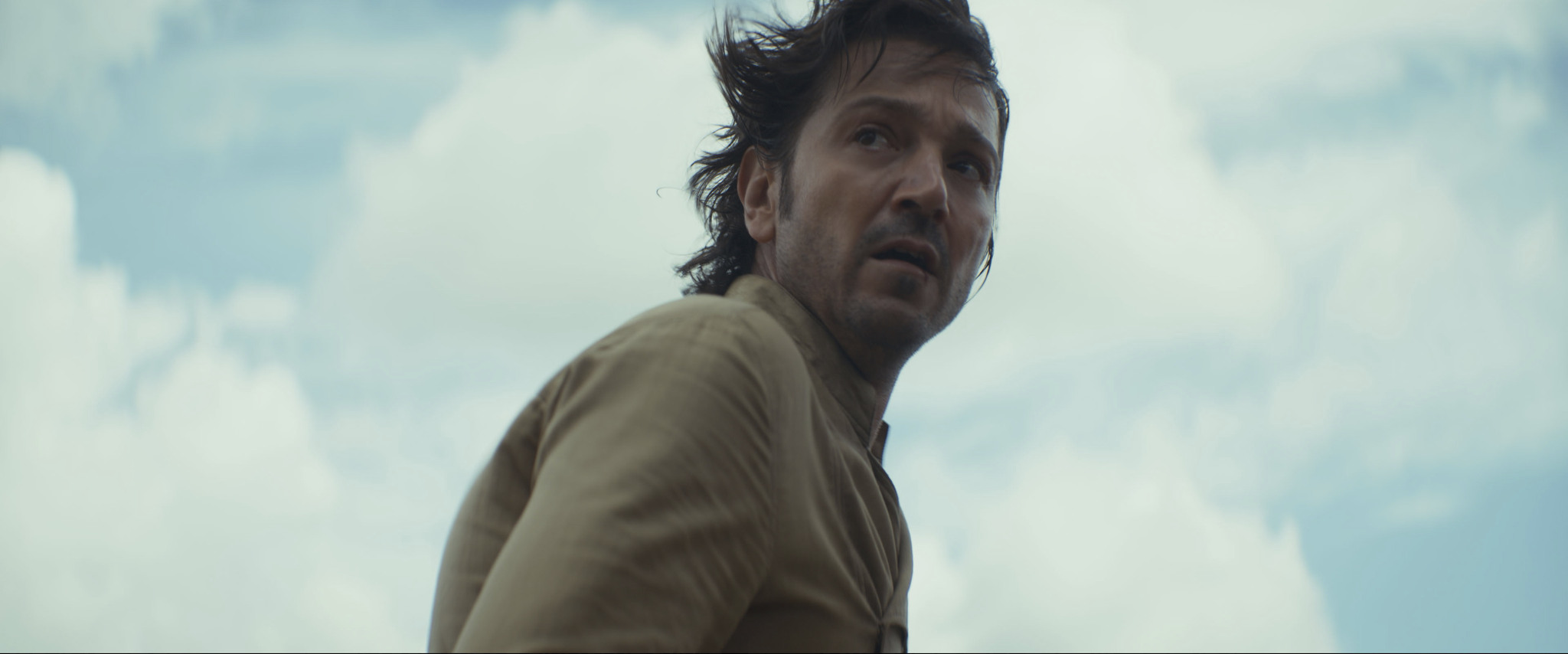


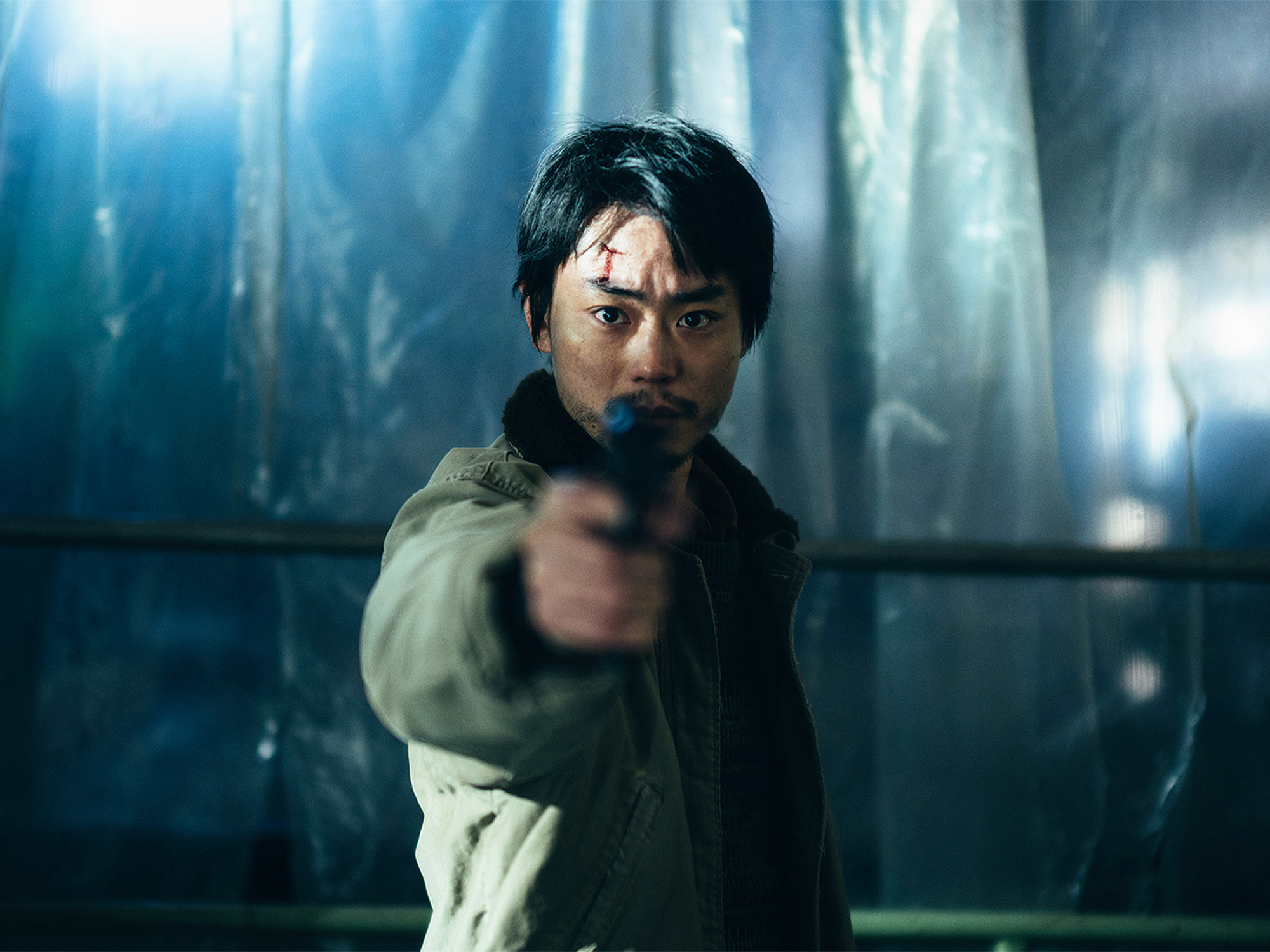
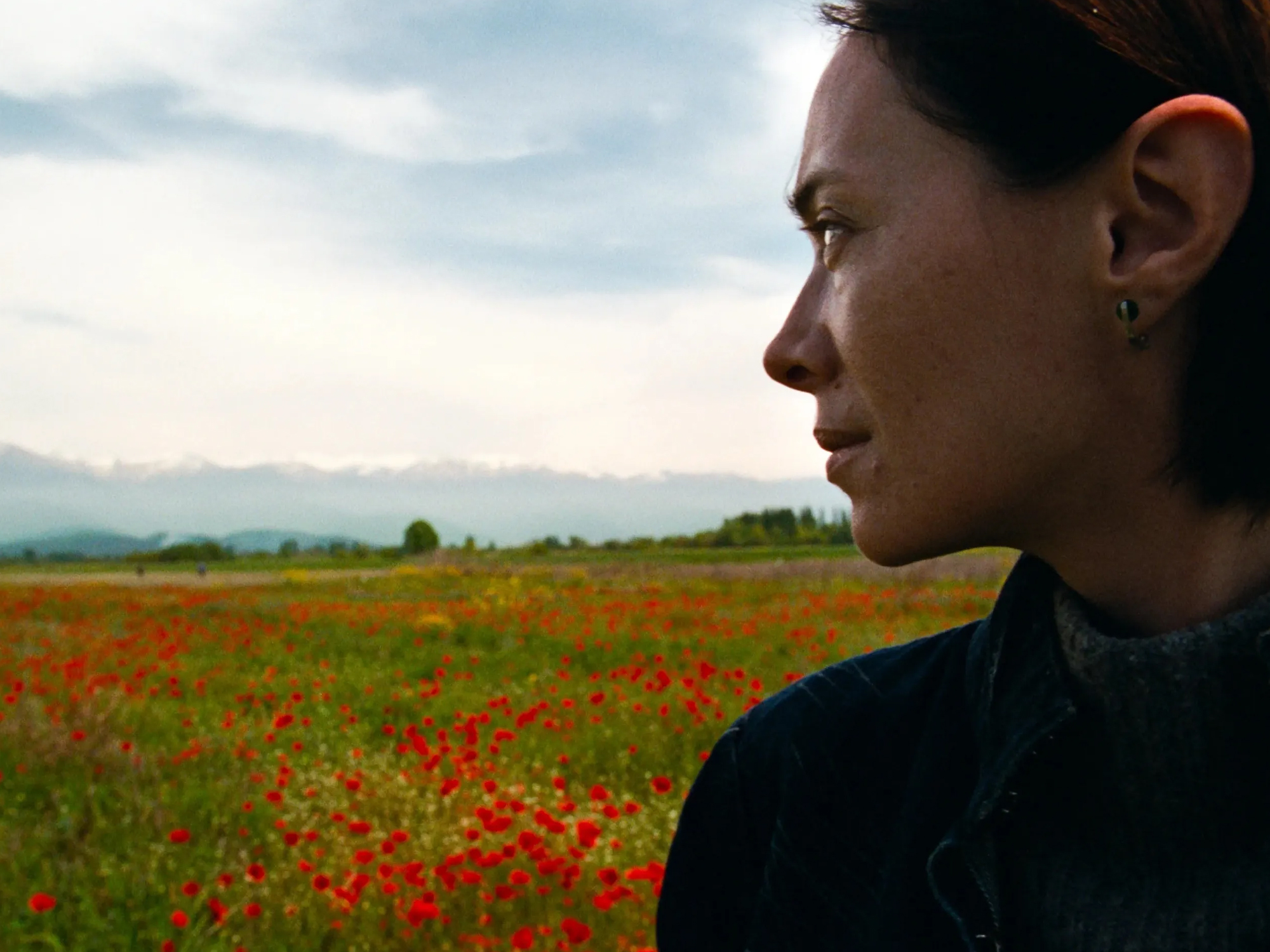







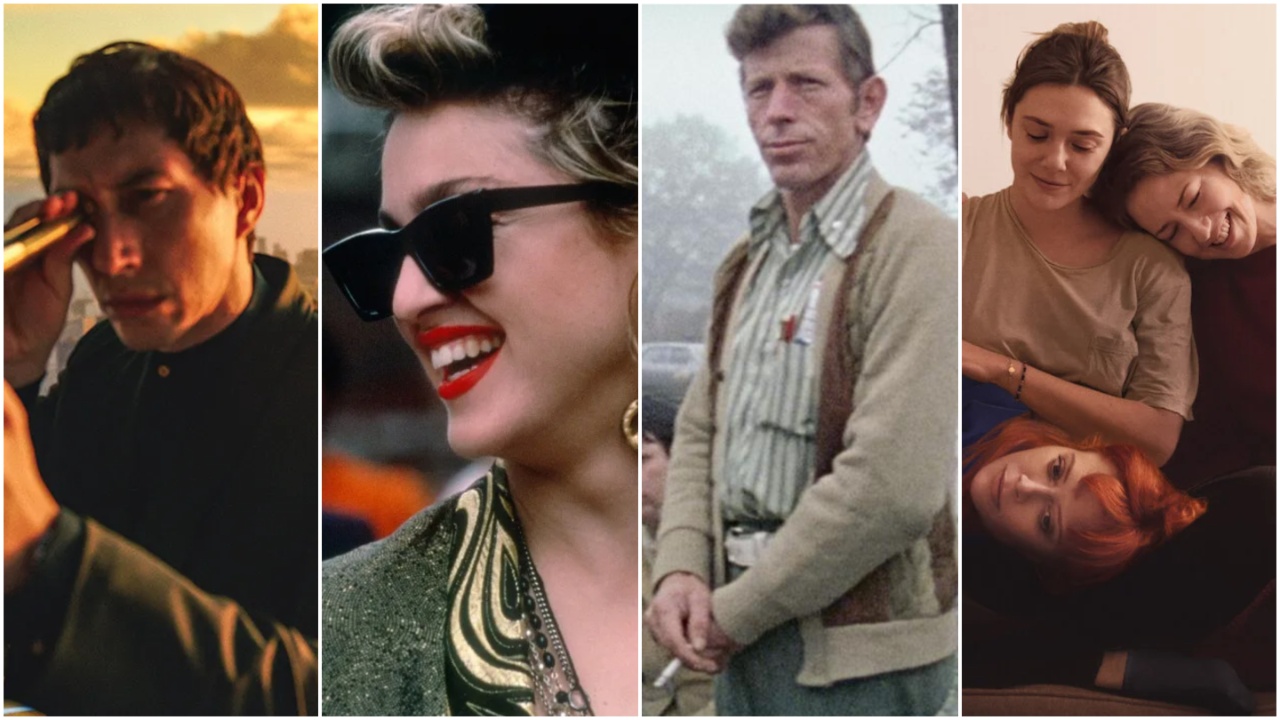
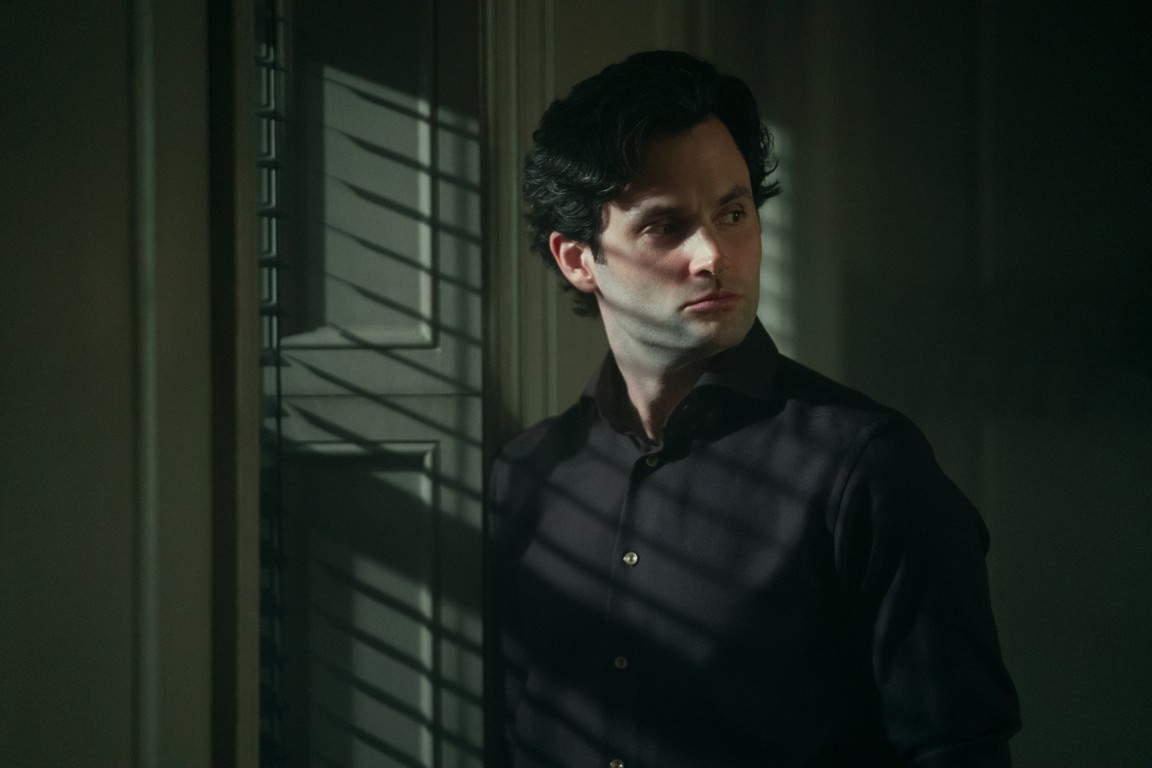
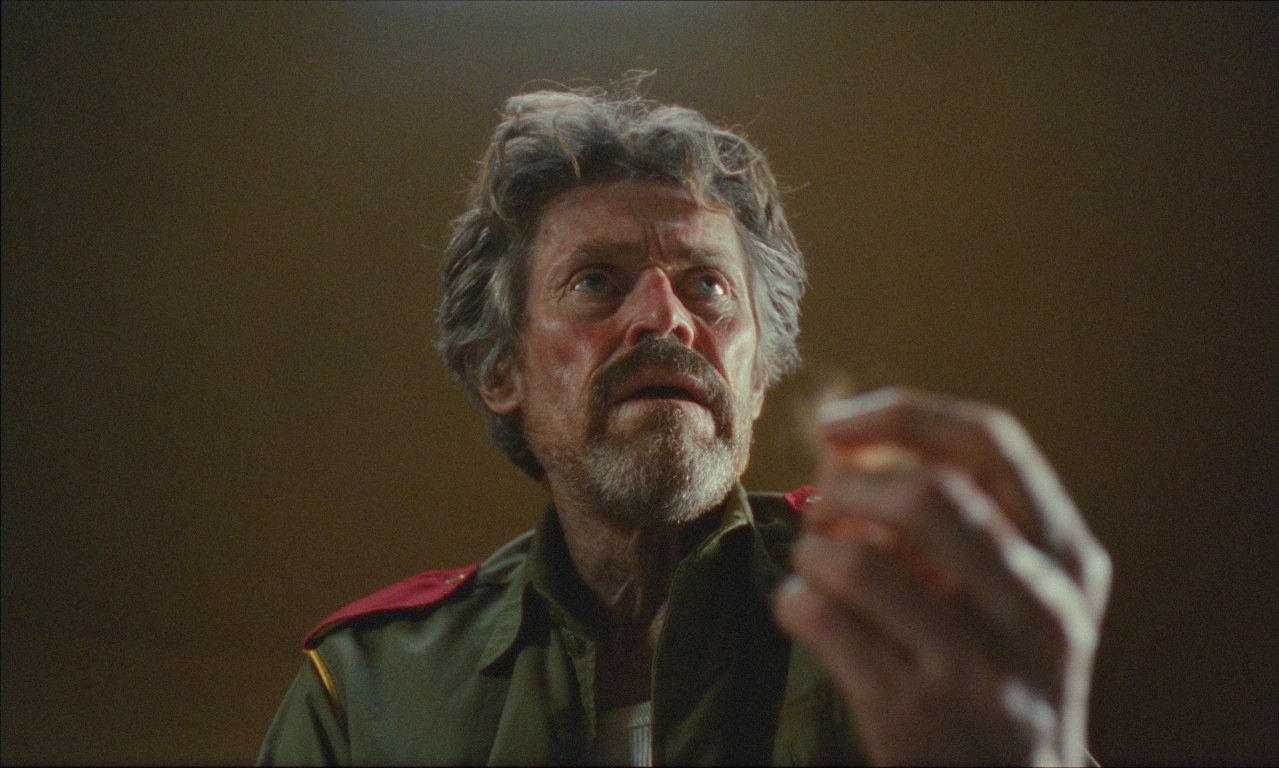
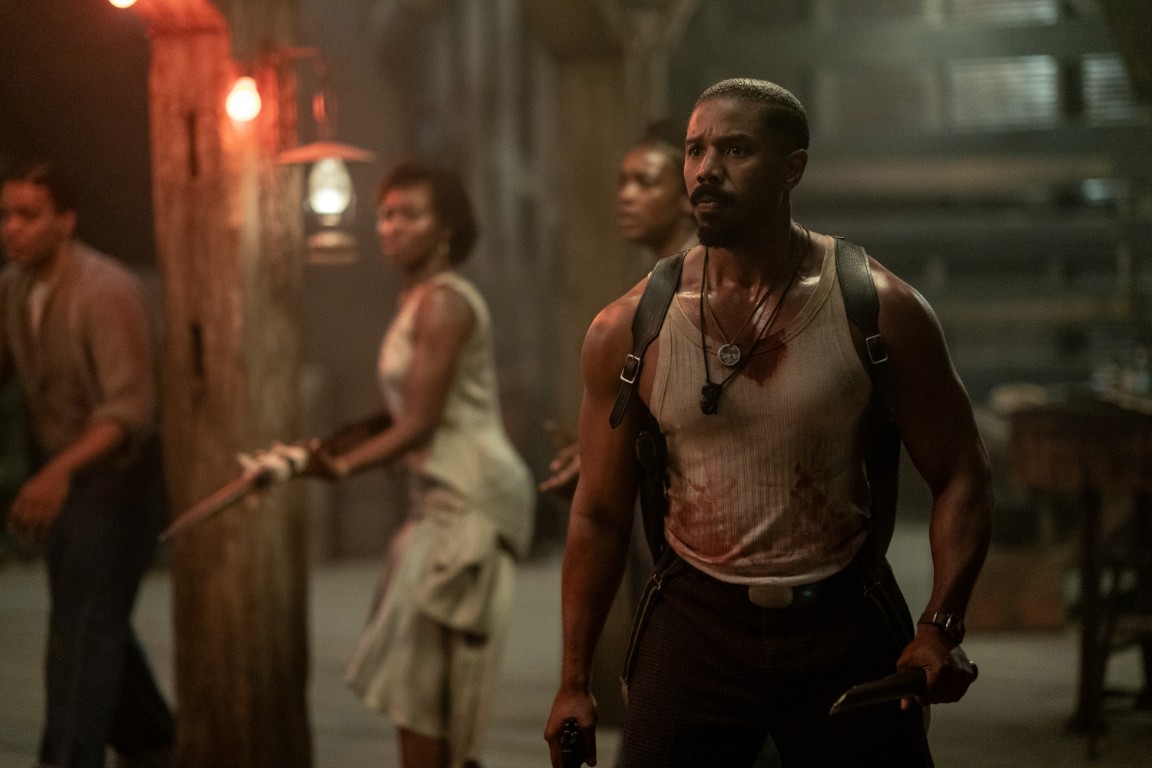




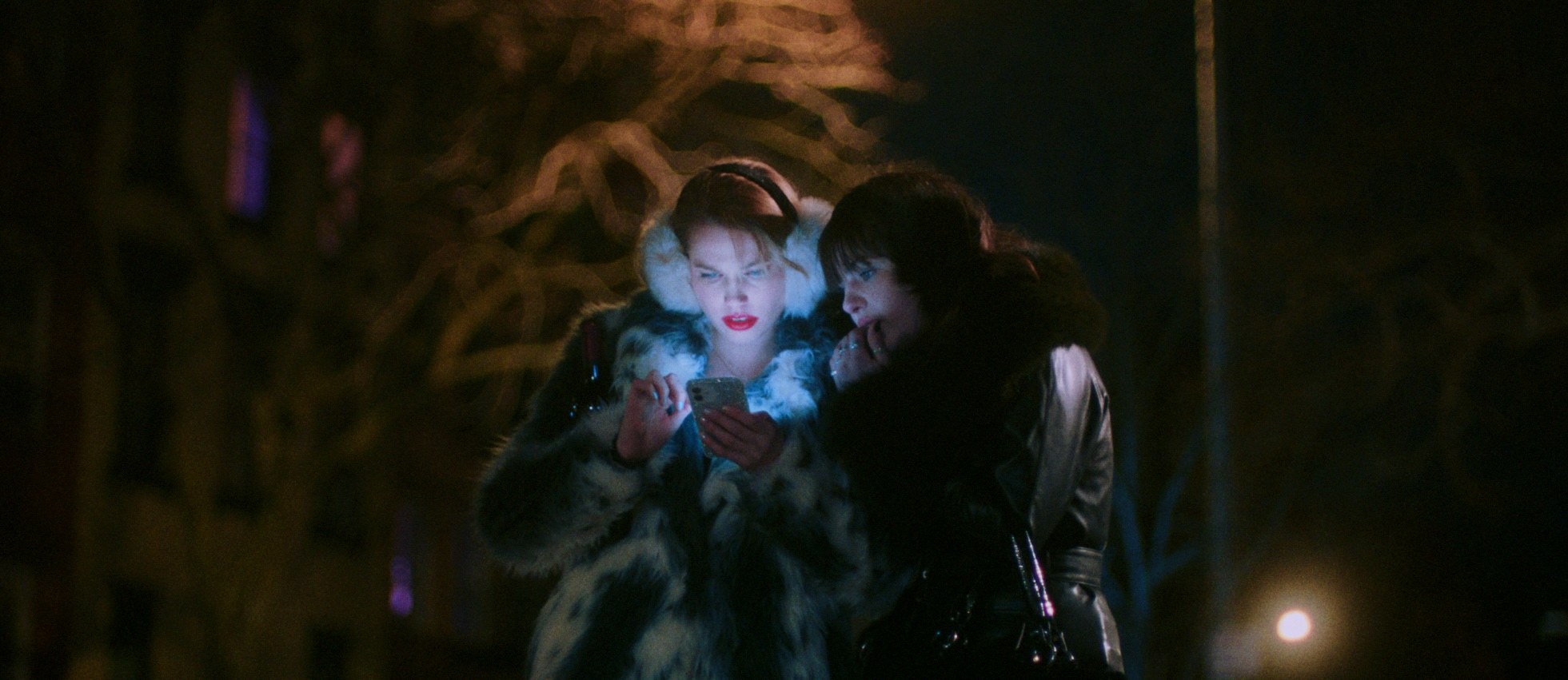

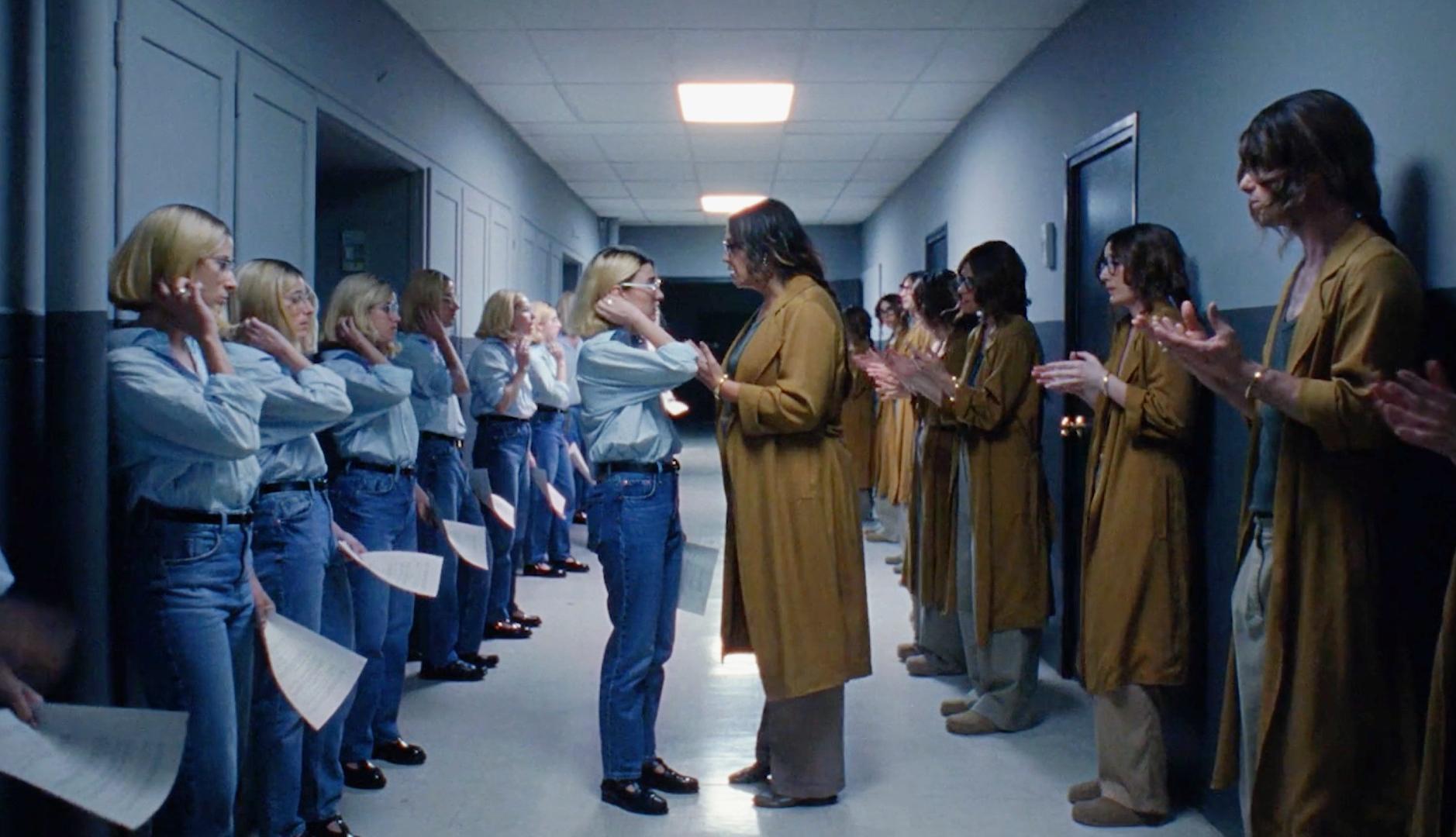
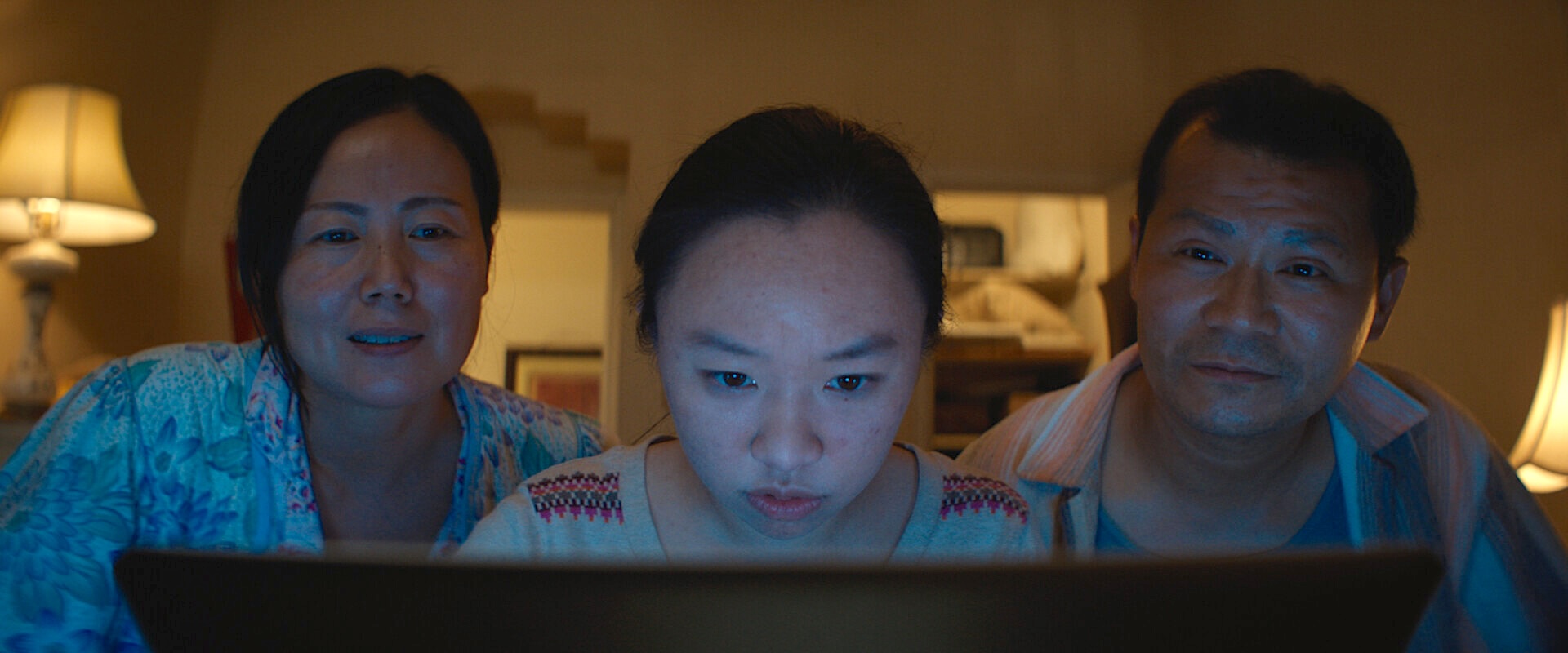

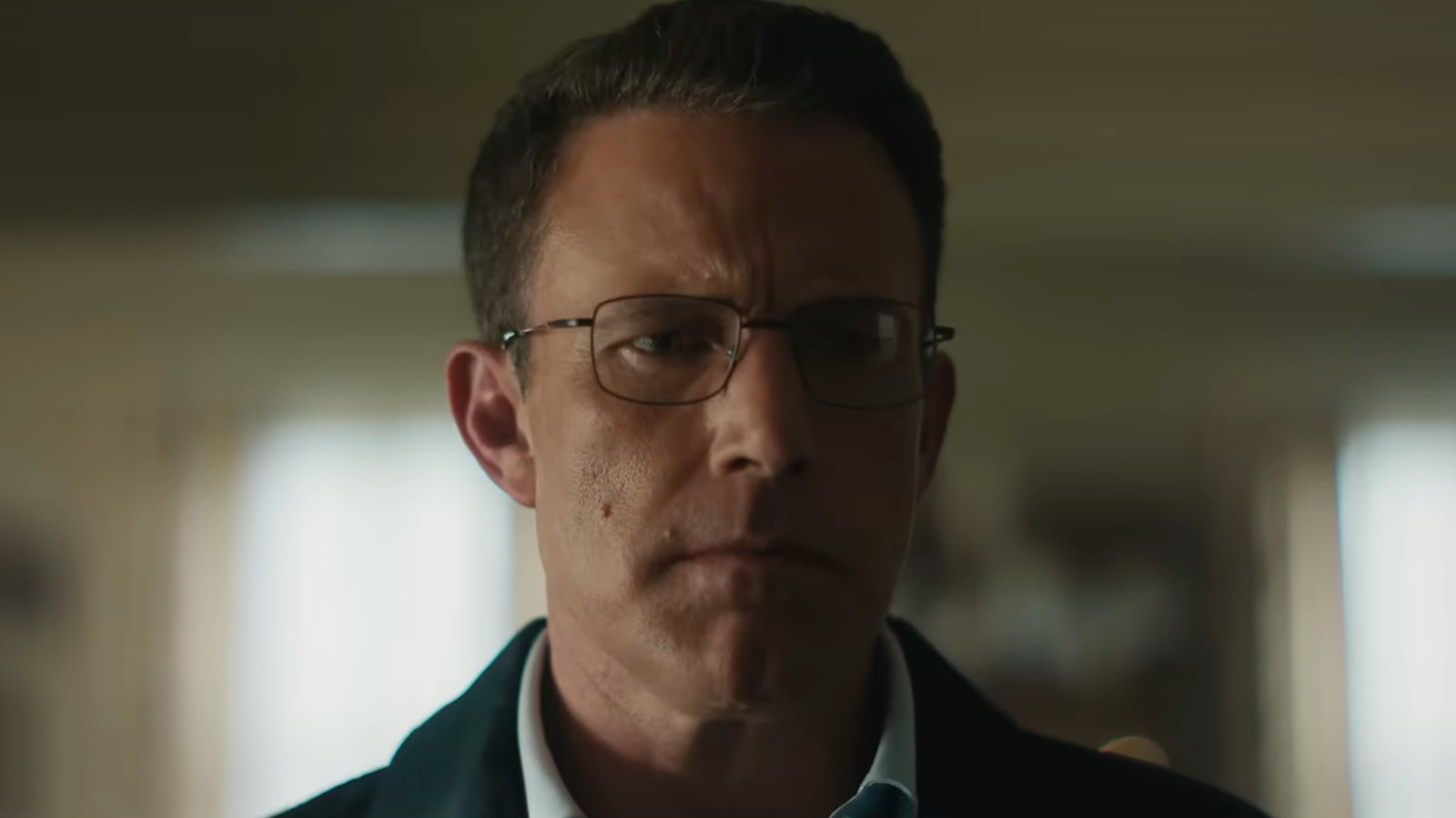

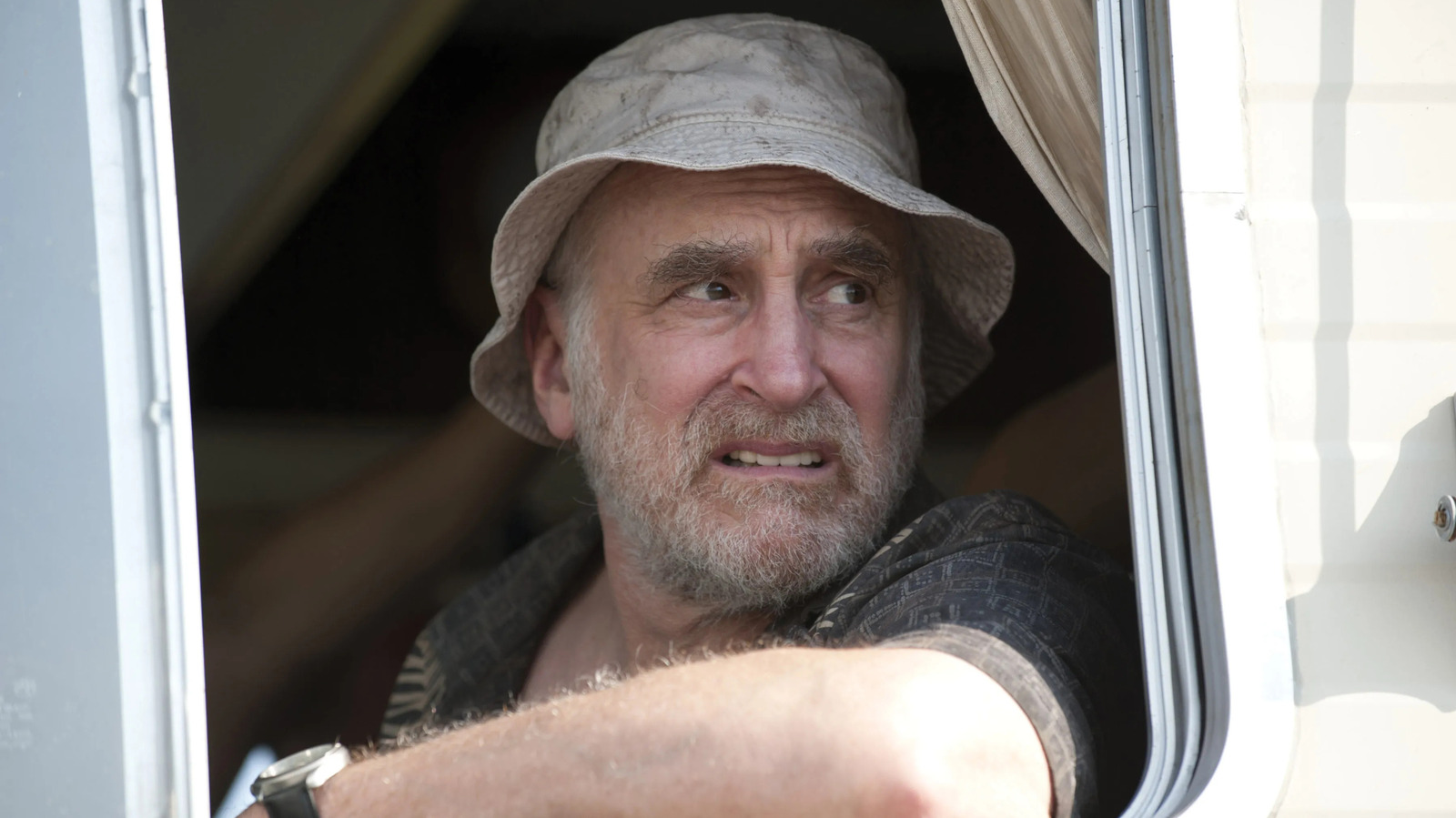








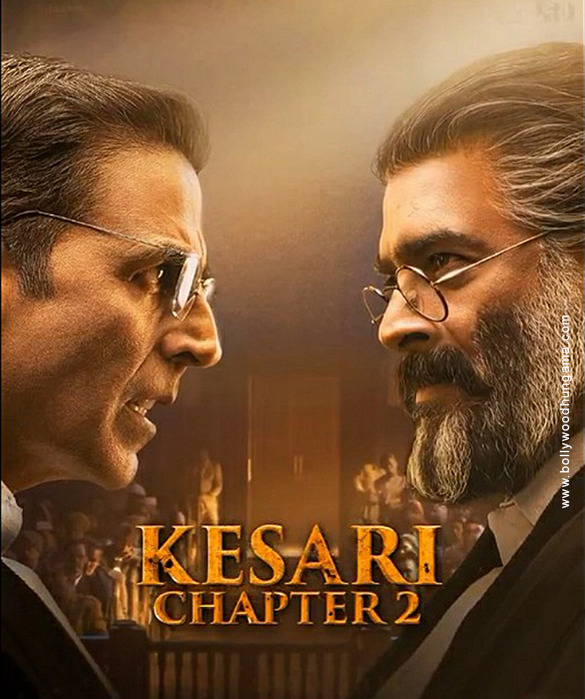
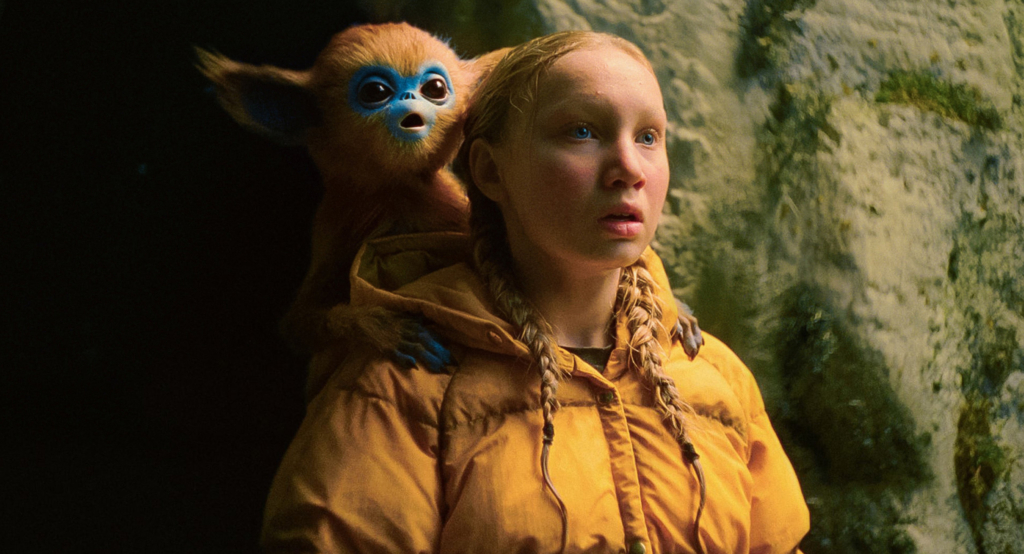


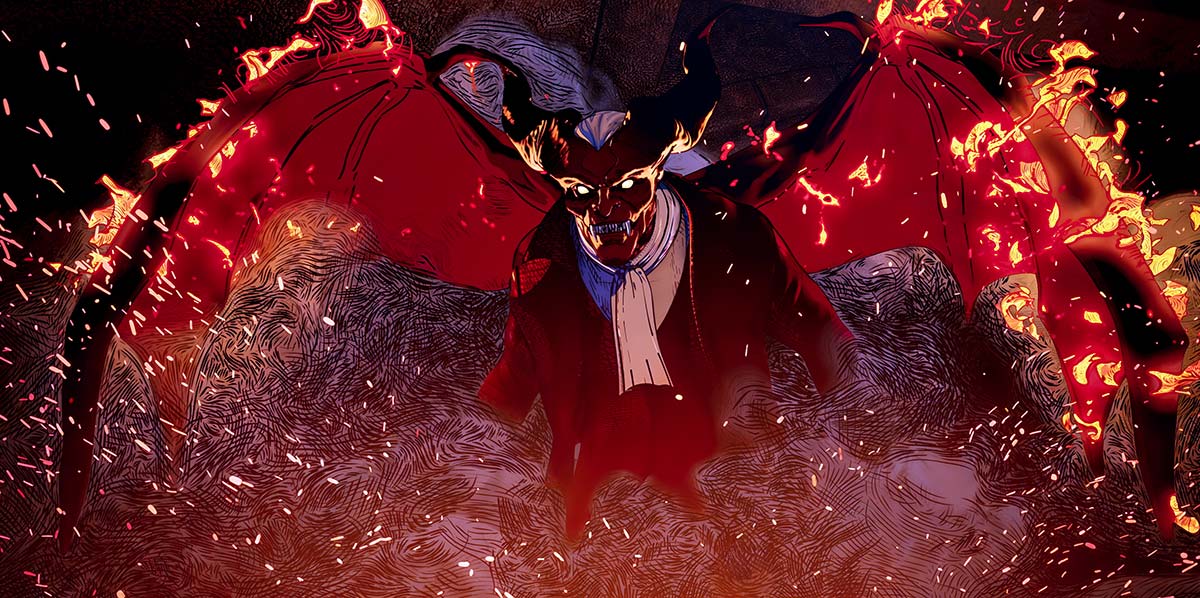
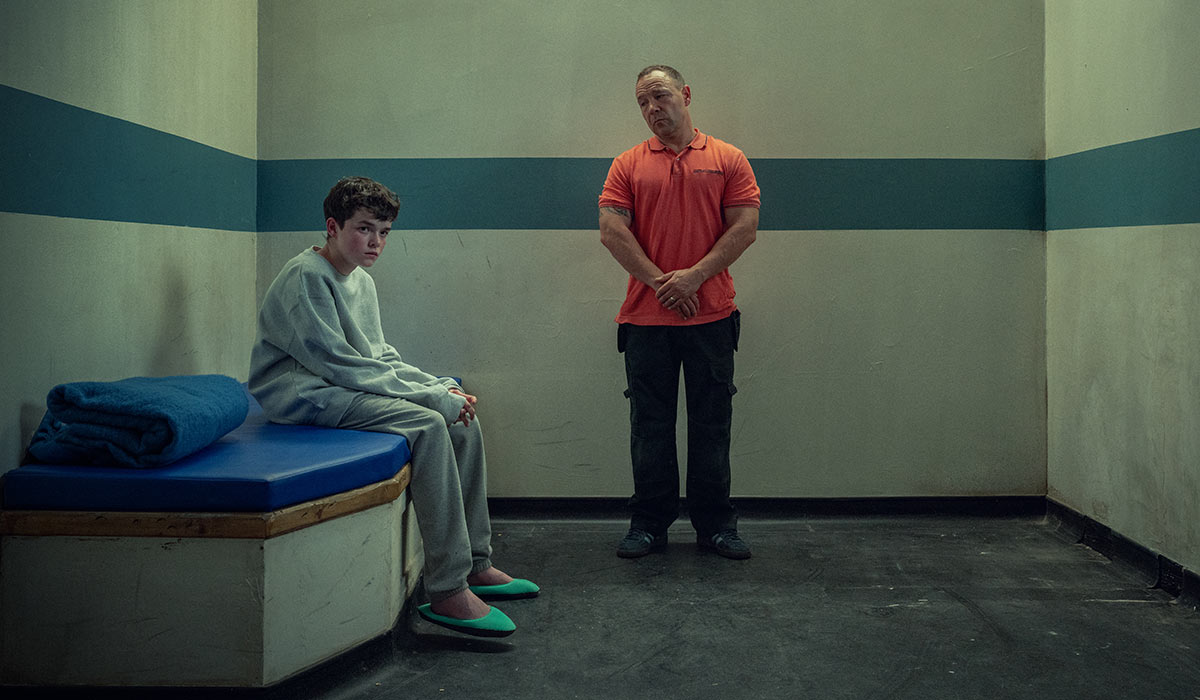
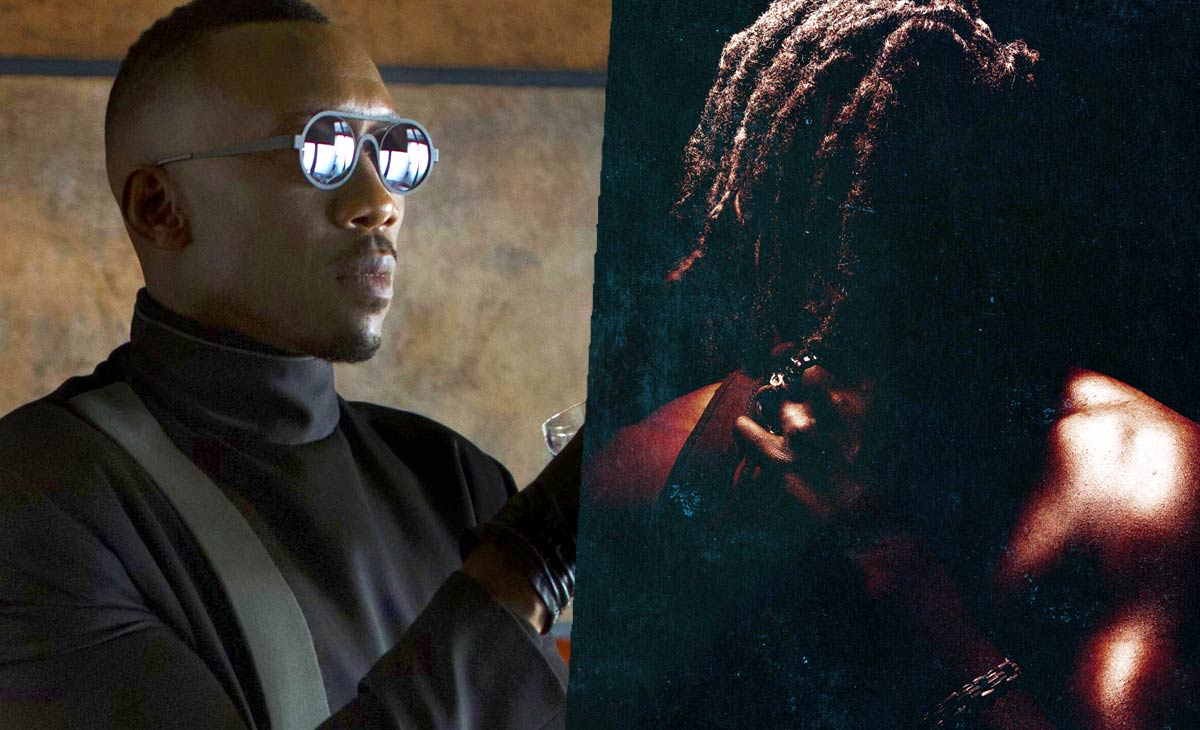
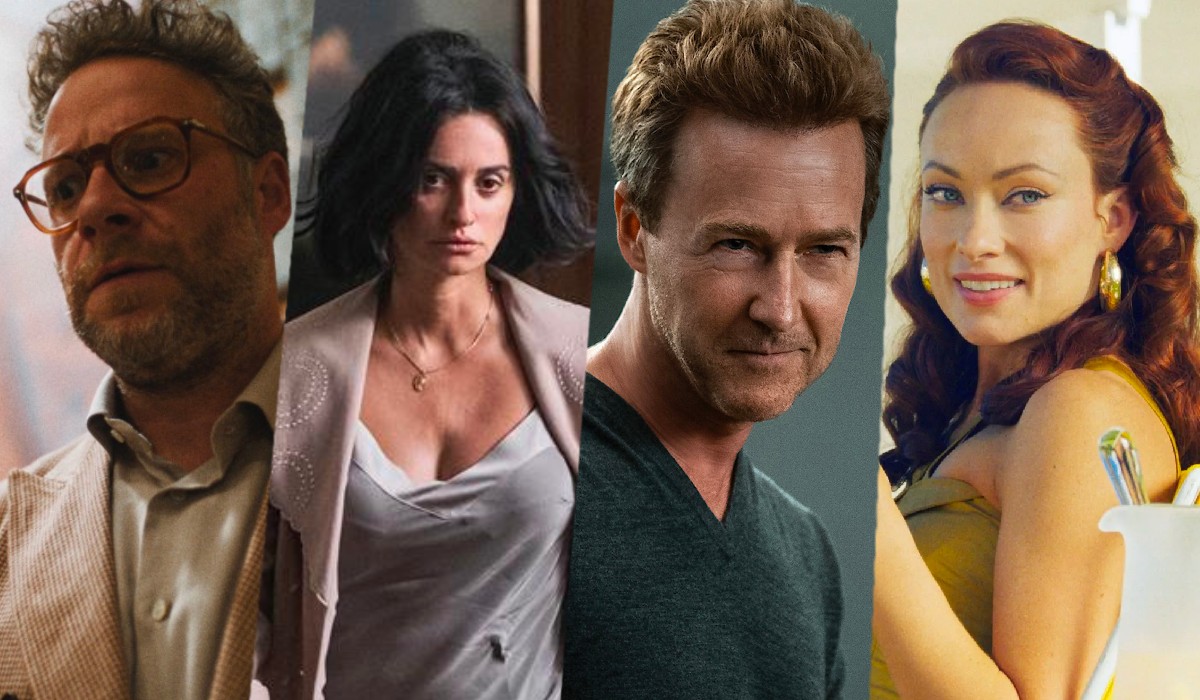







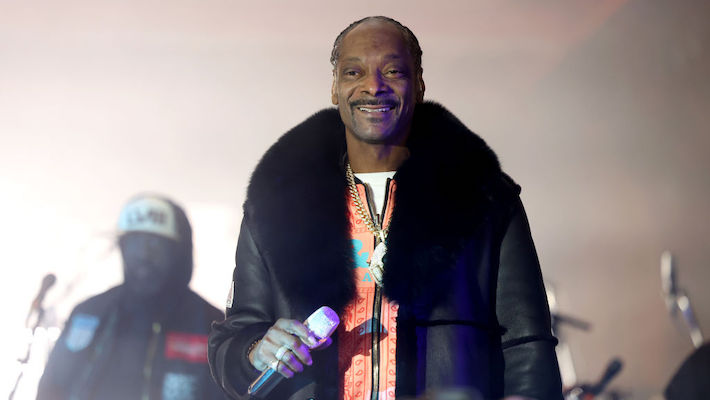

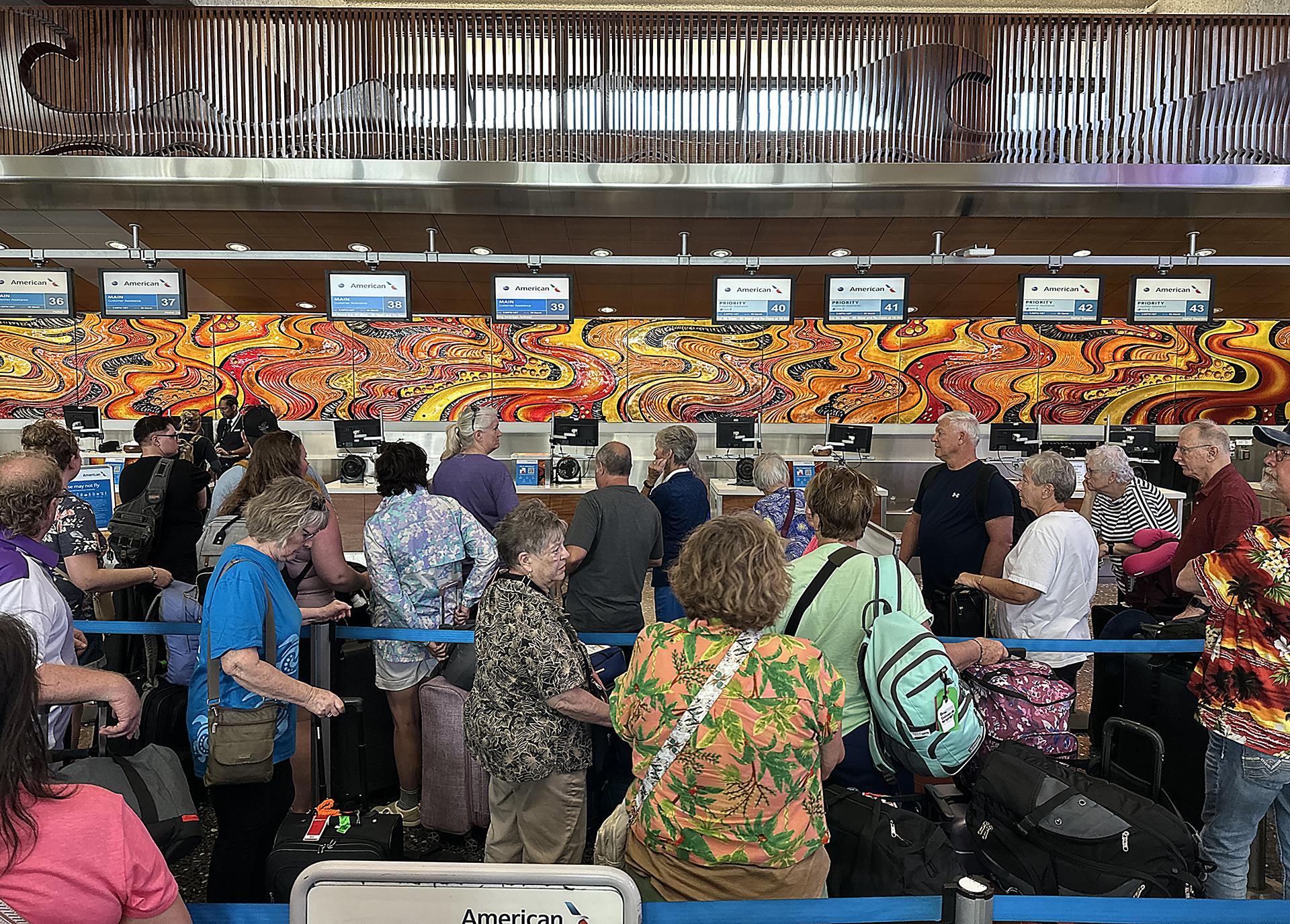














































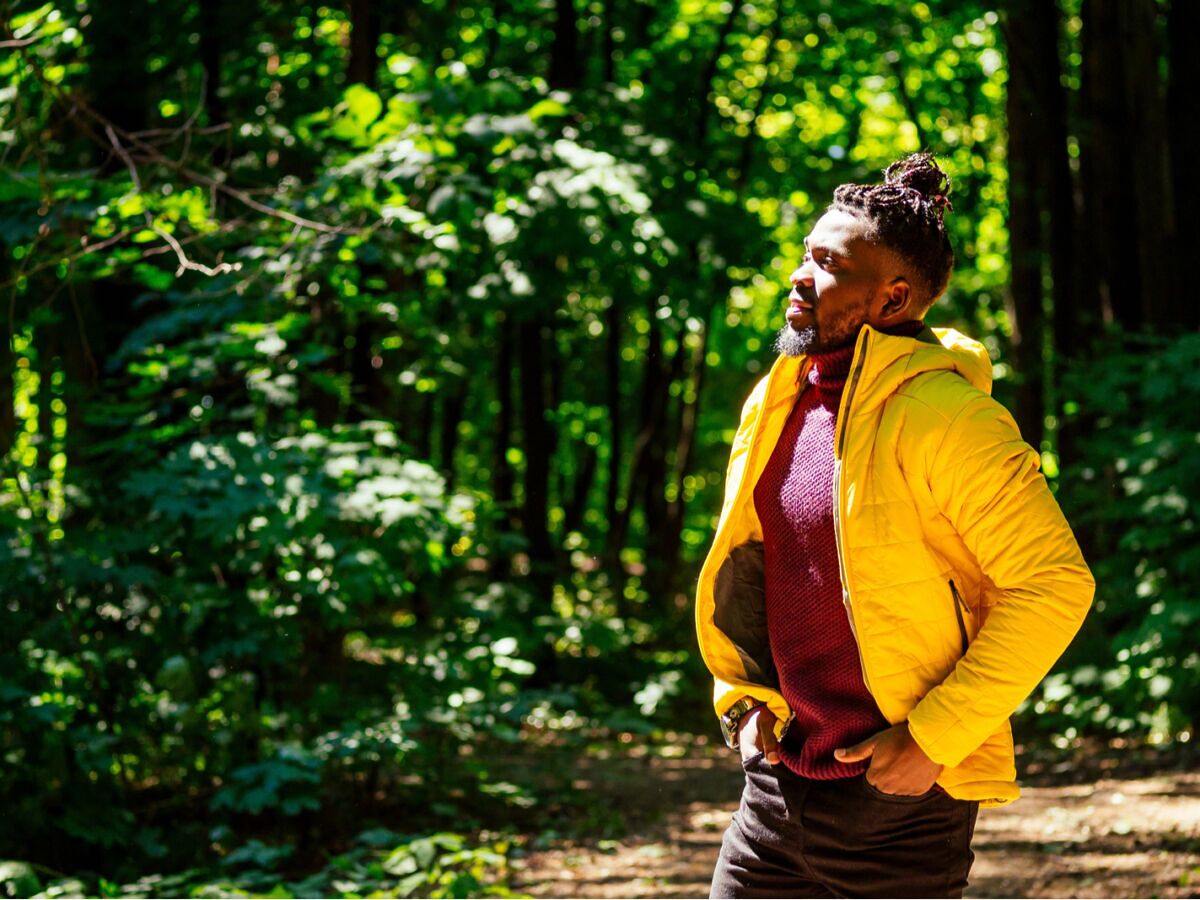

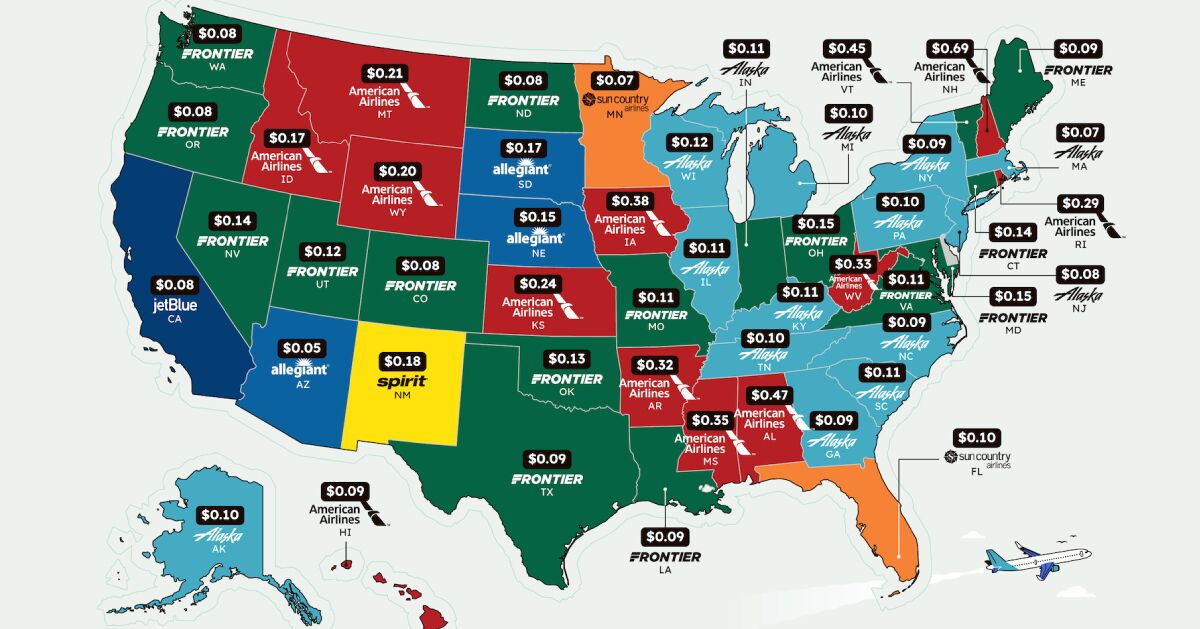




































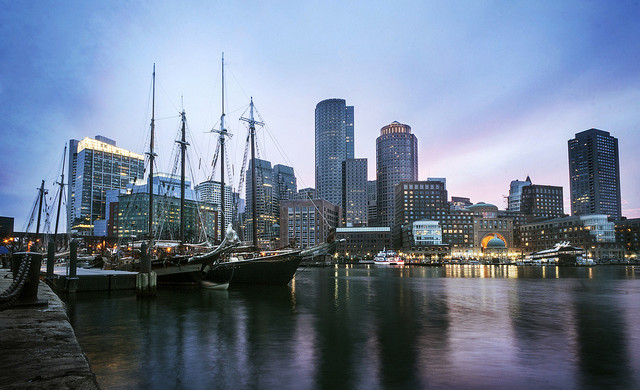


















![Hotel Beds Outperform Your Master Bedroom for Better Sex—Here’s Why [Roundup]](https://viewfromthewing.com/wp-content/uploads/2025/04/burj-al-arab-bed.jpg?#)



































.jpg?#)












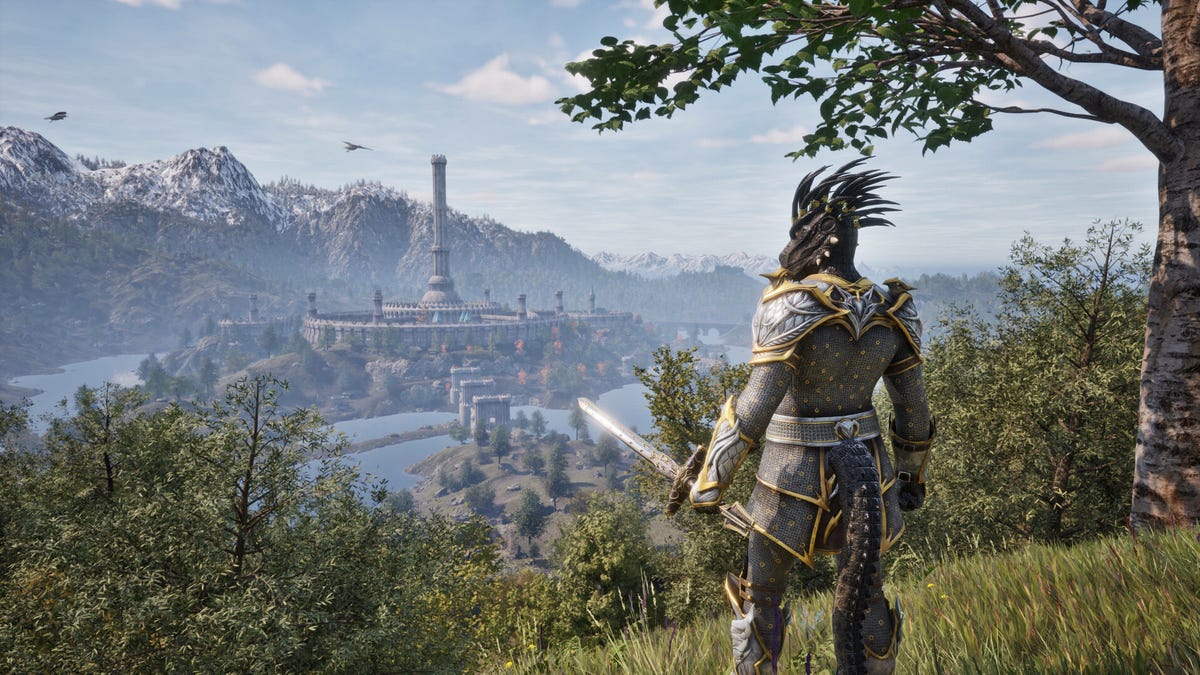




























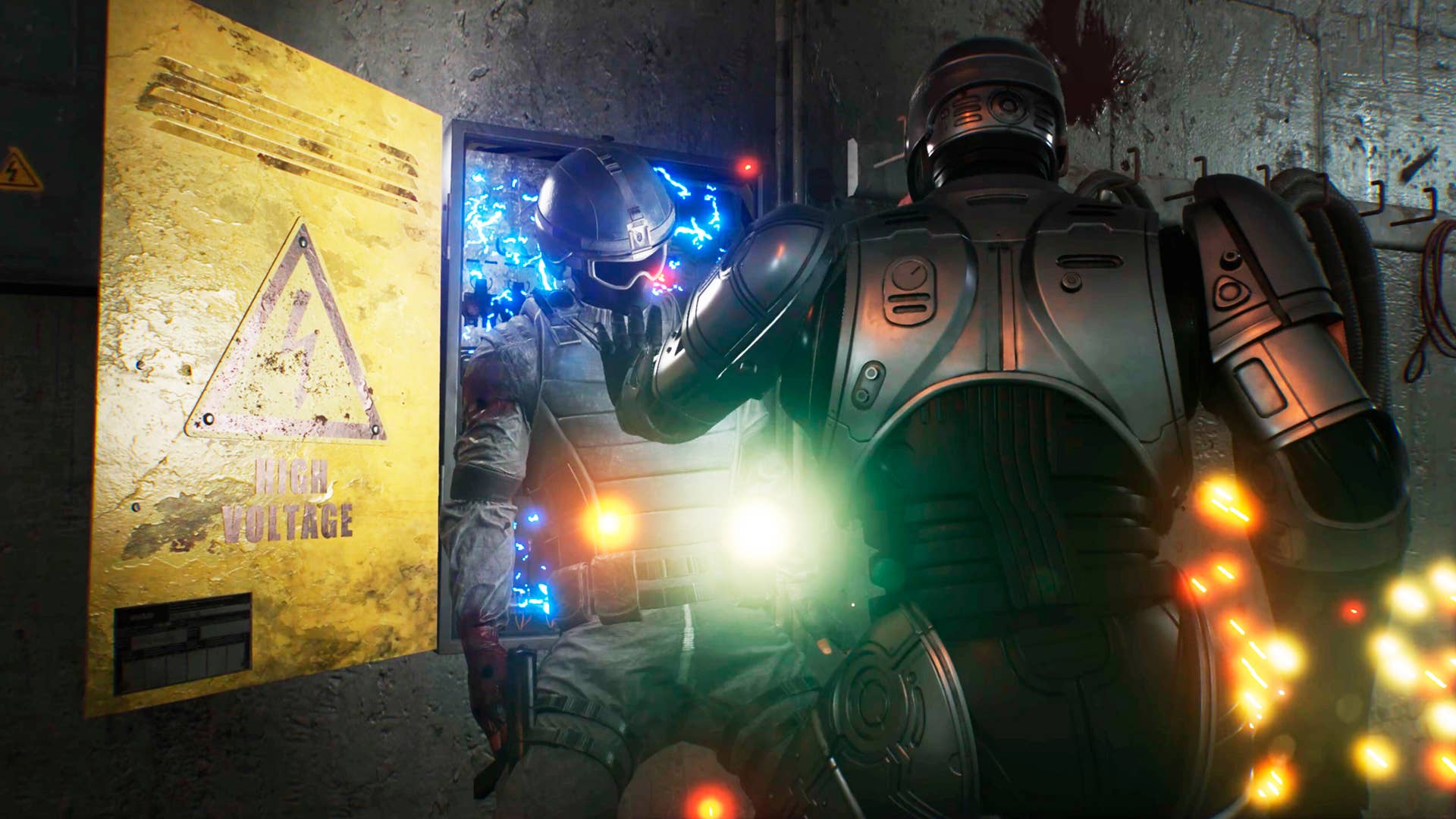






















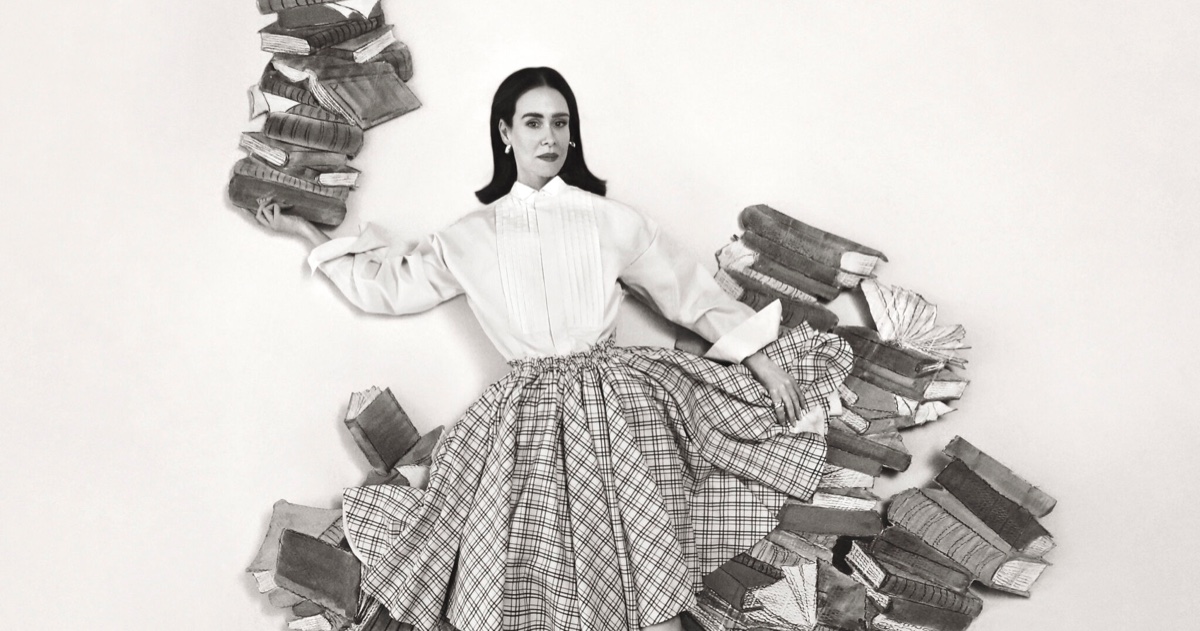

































































![[Podcast] Unlocking Innovation: How Play & Creativity Drive Success with Melissa Dinwiddie](https://justcreative.com/wp-content/uploads/2025/04/melissa-dinwiddie-youtube.png)




